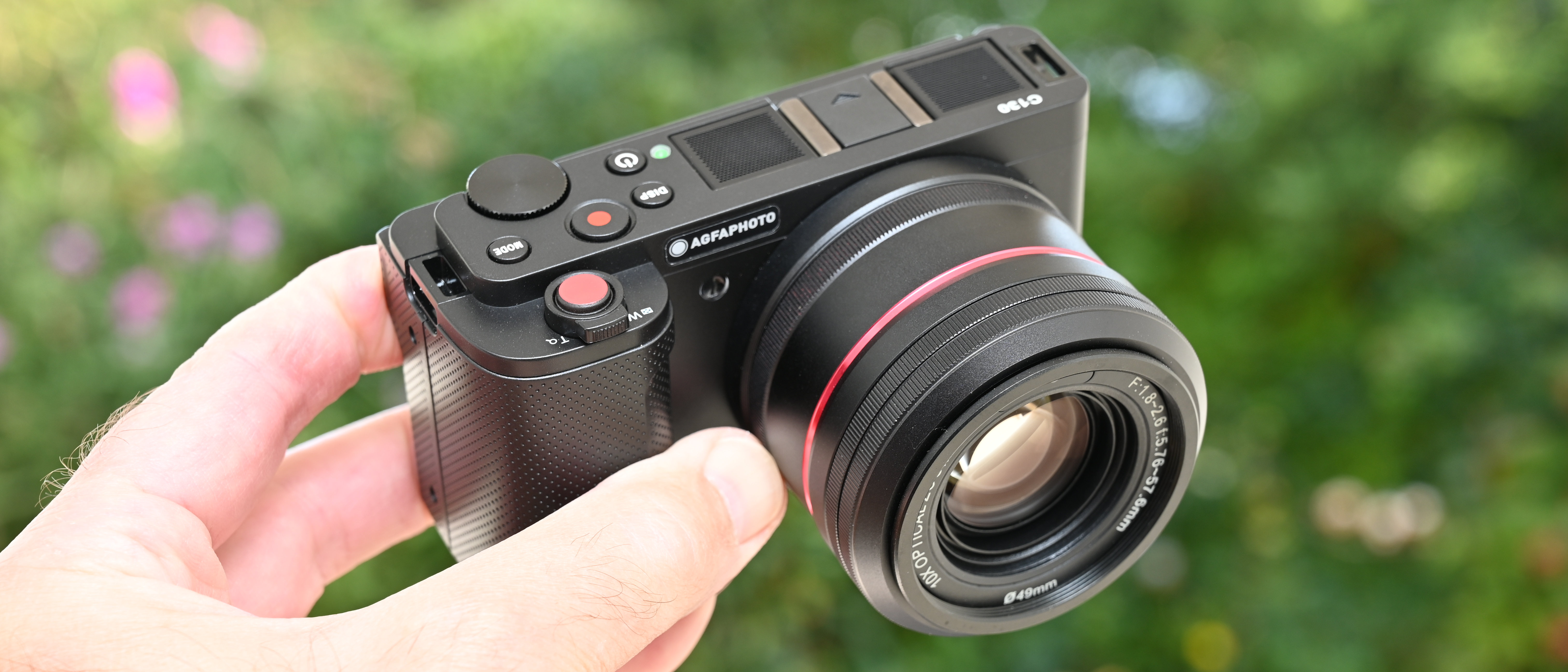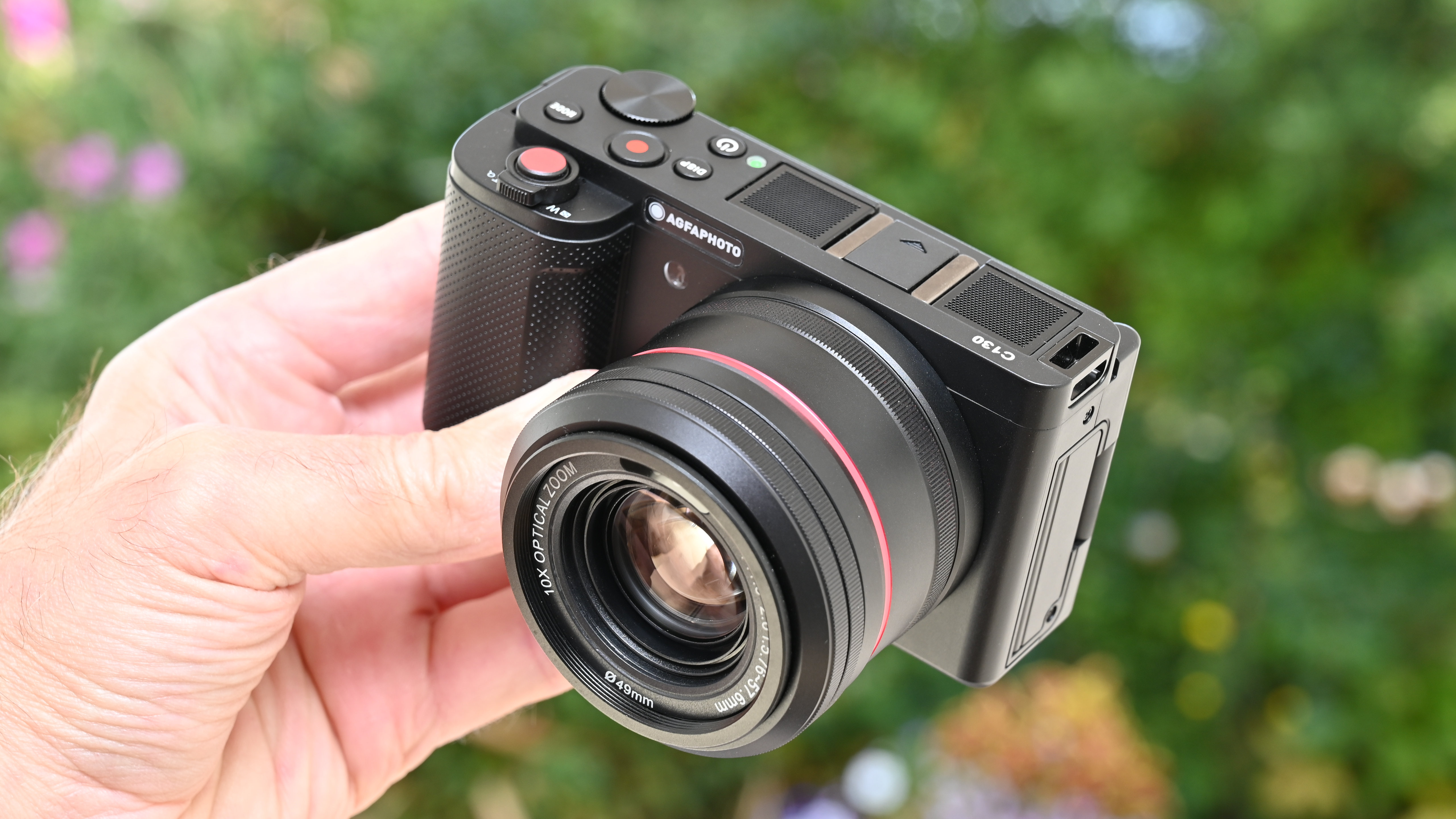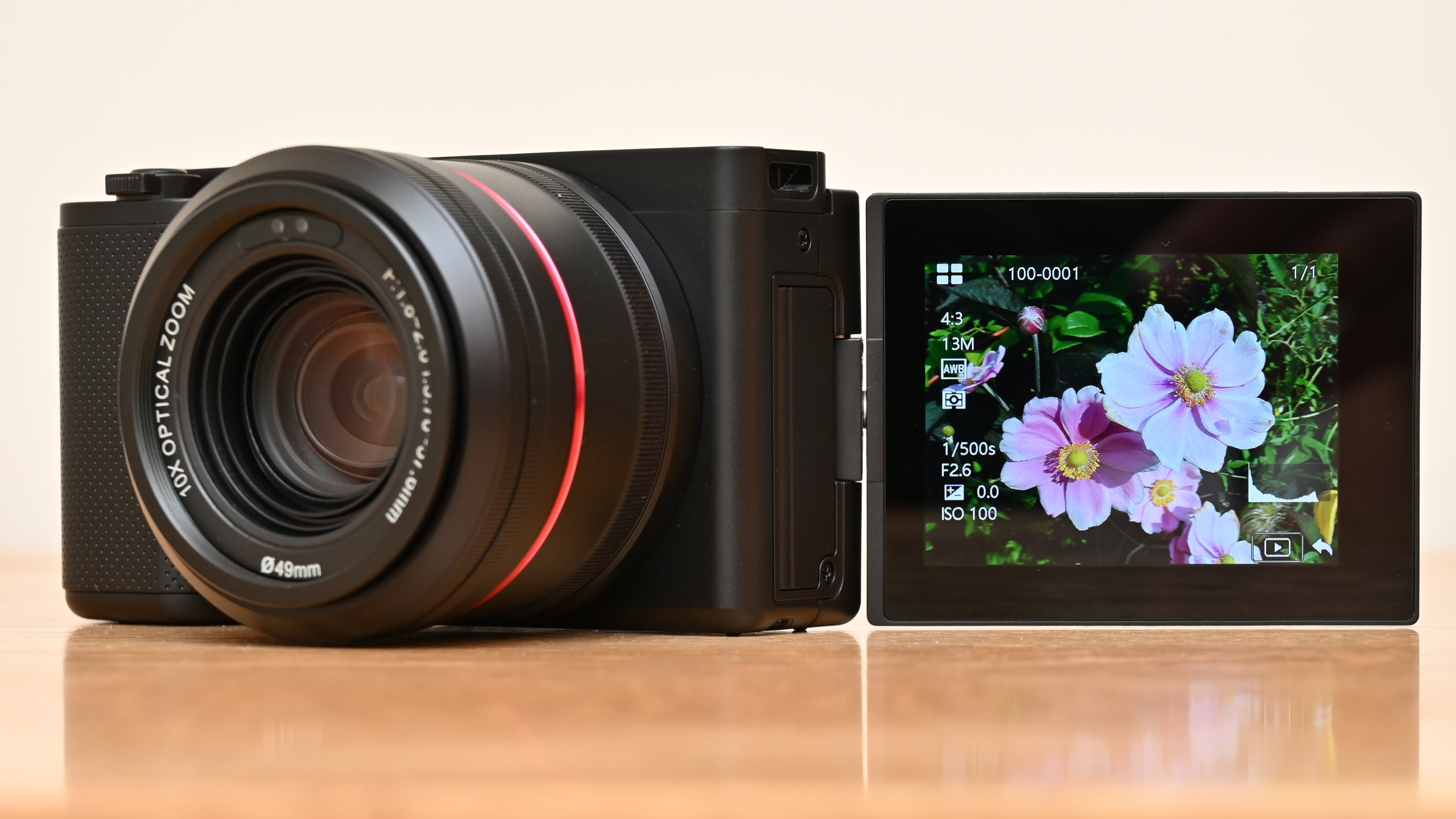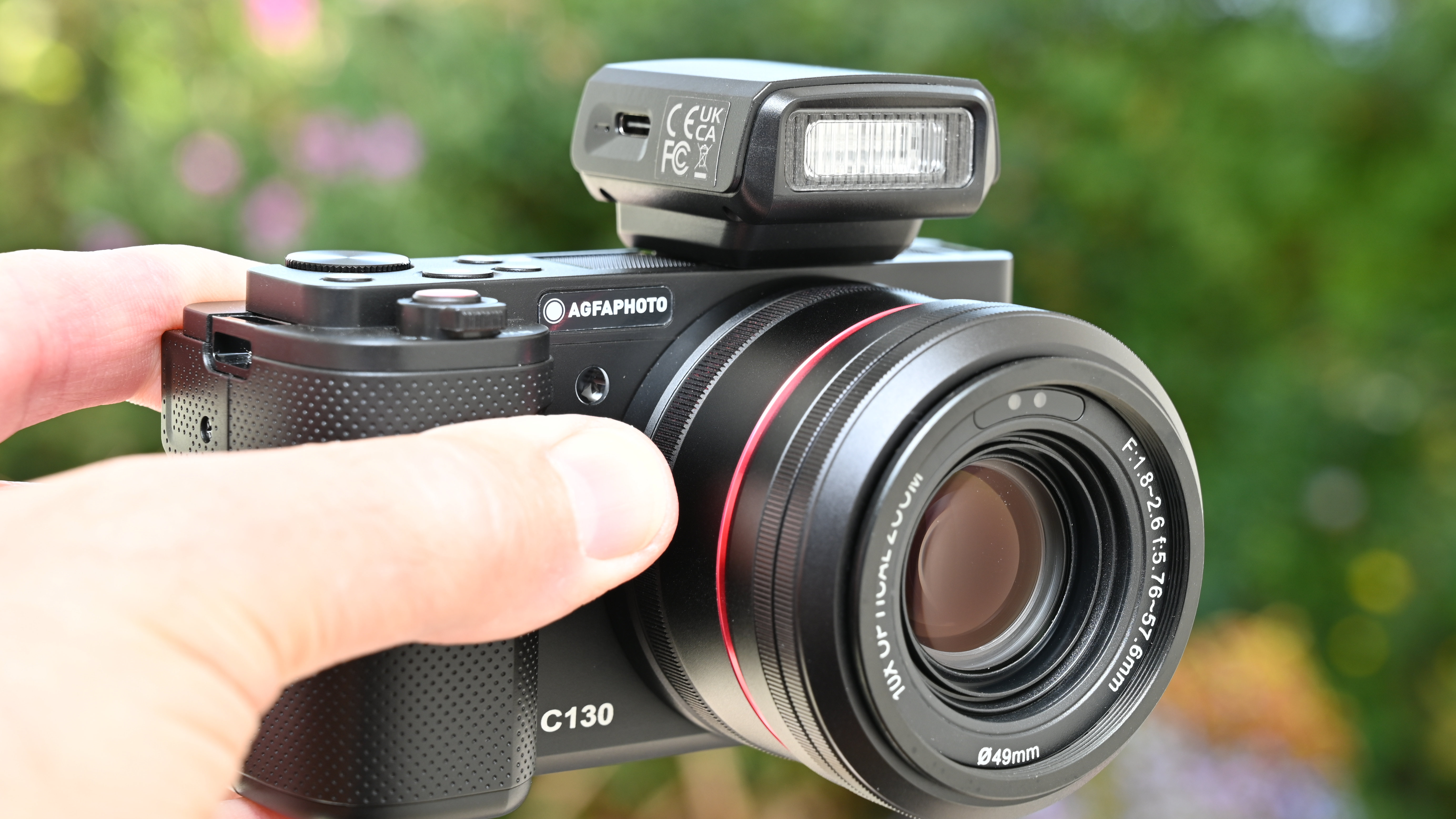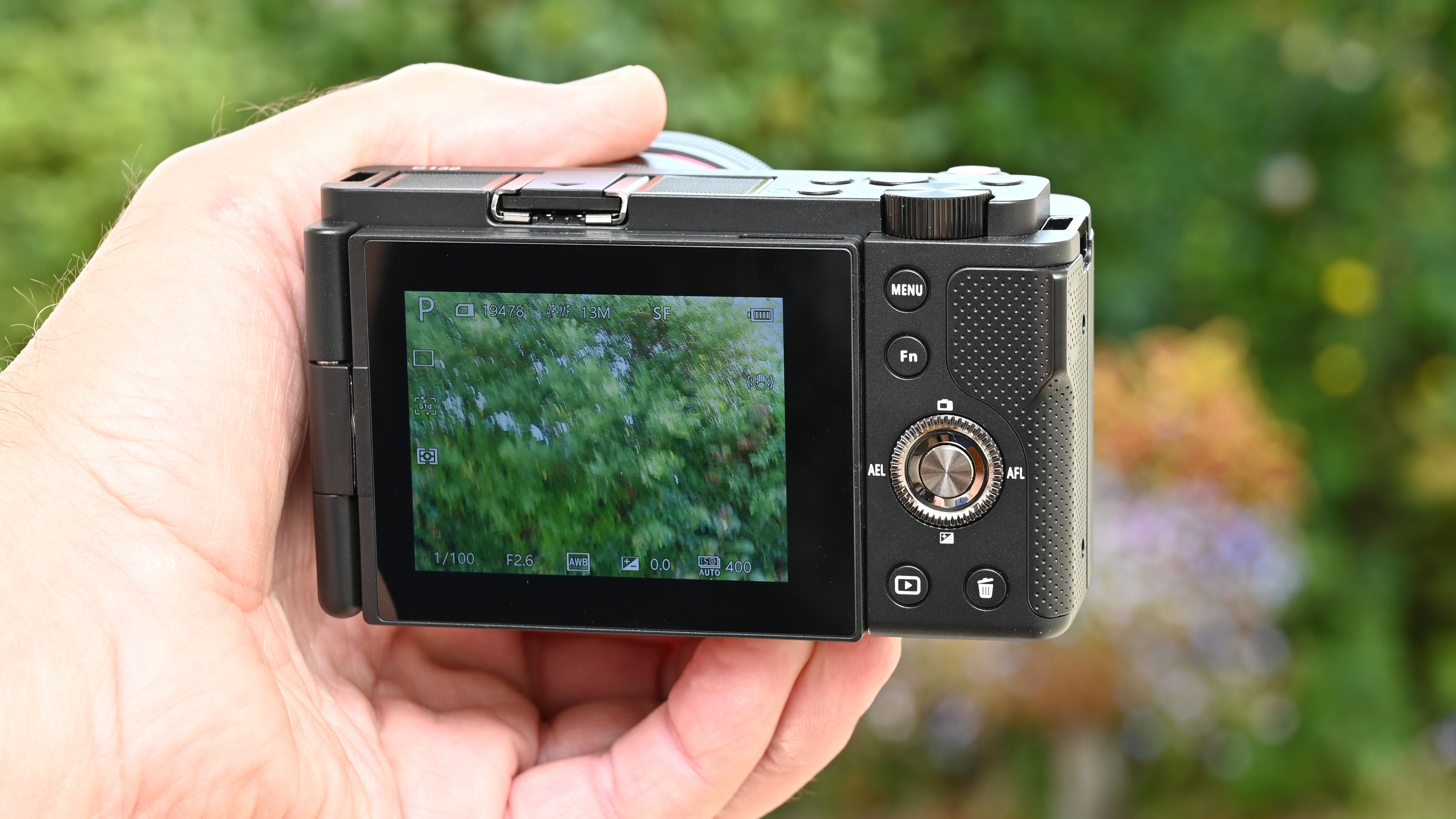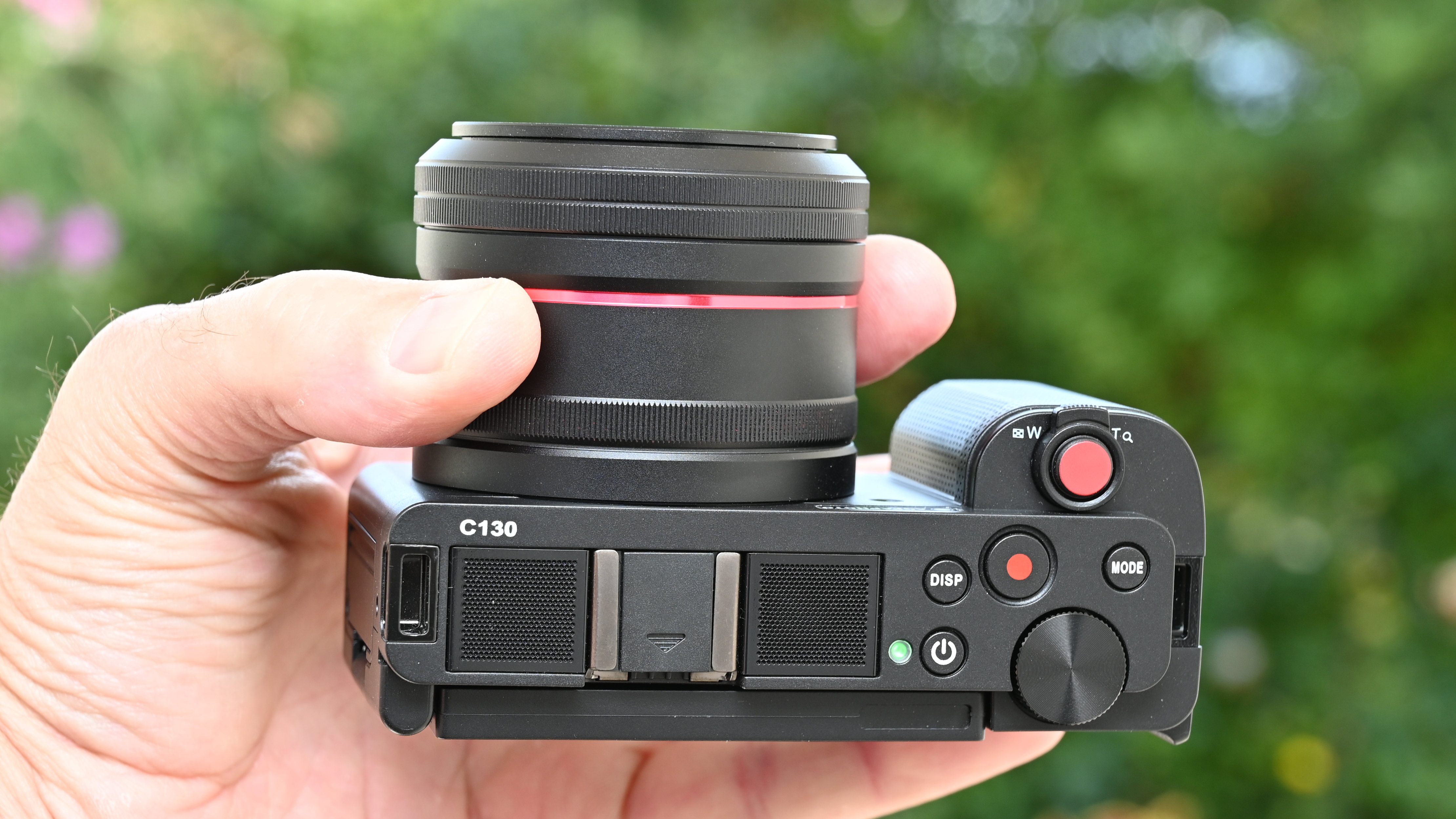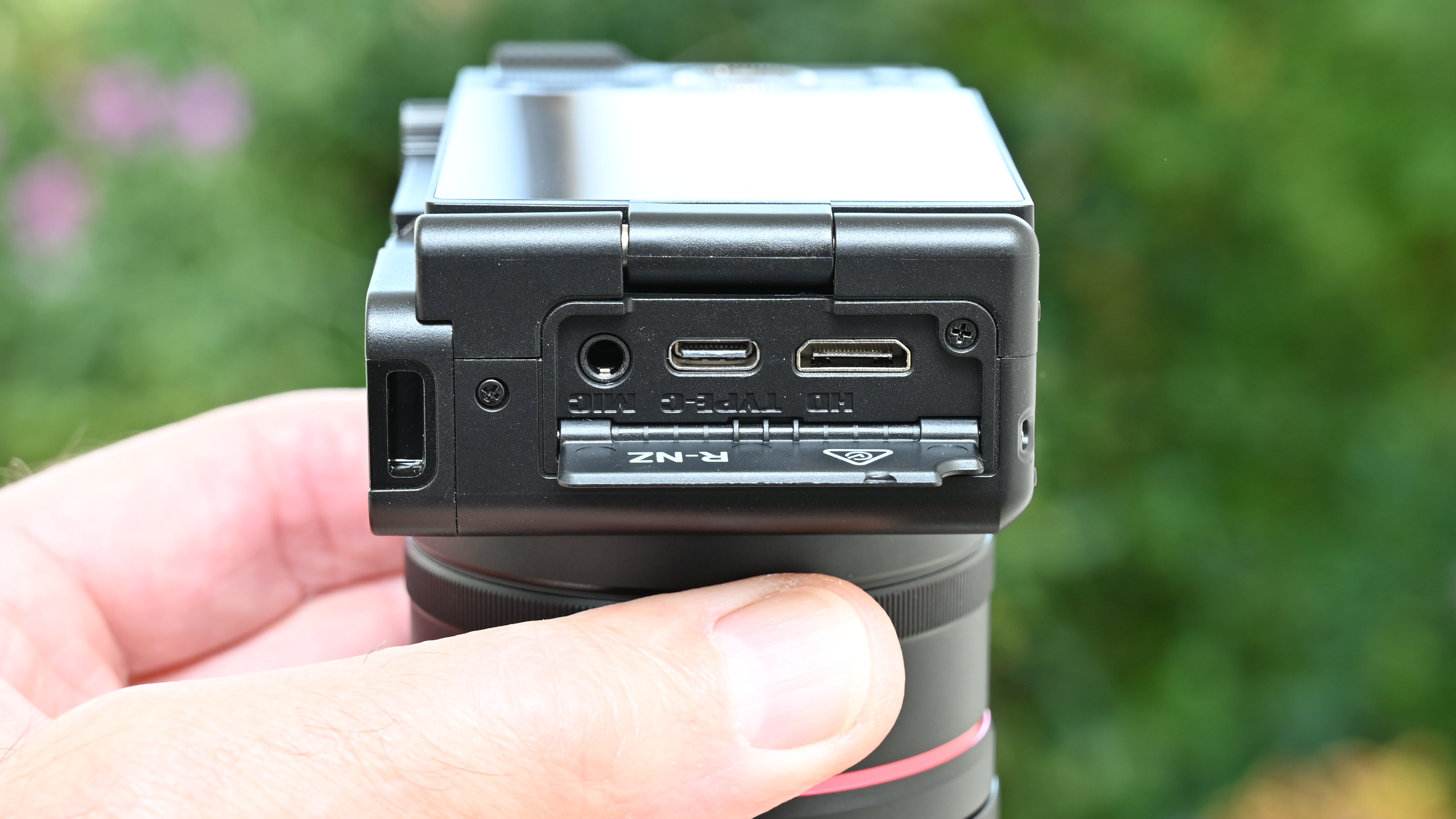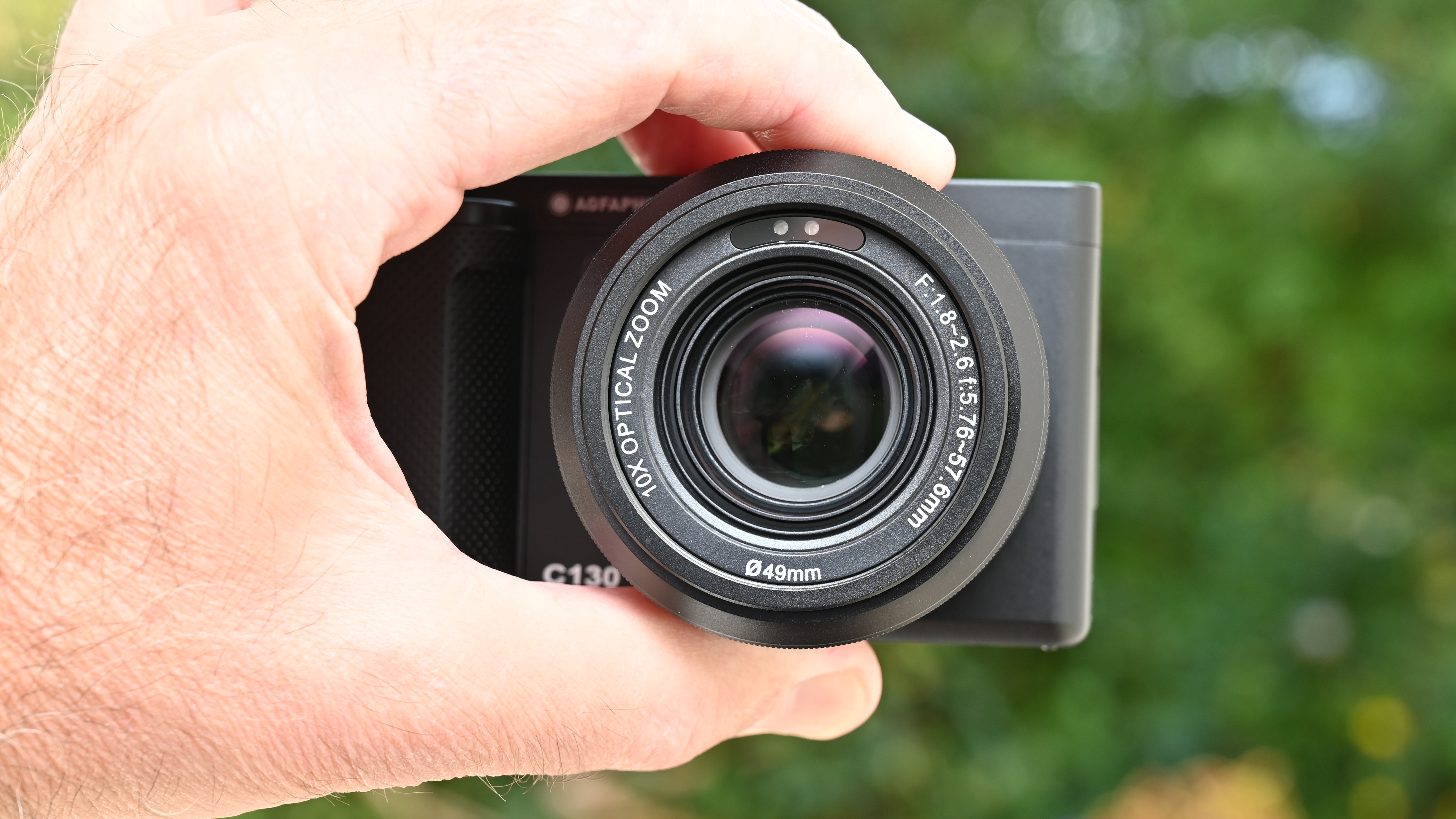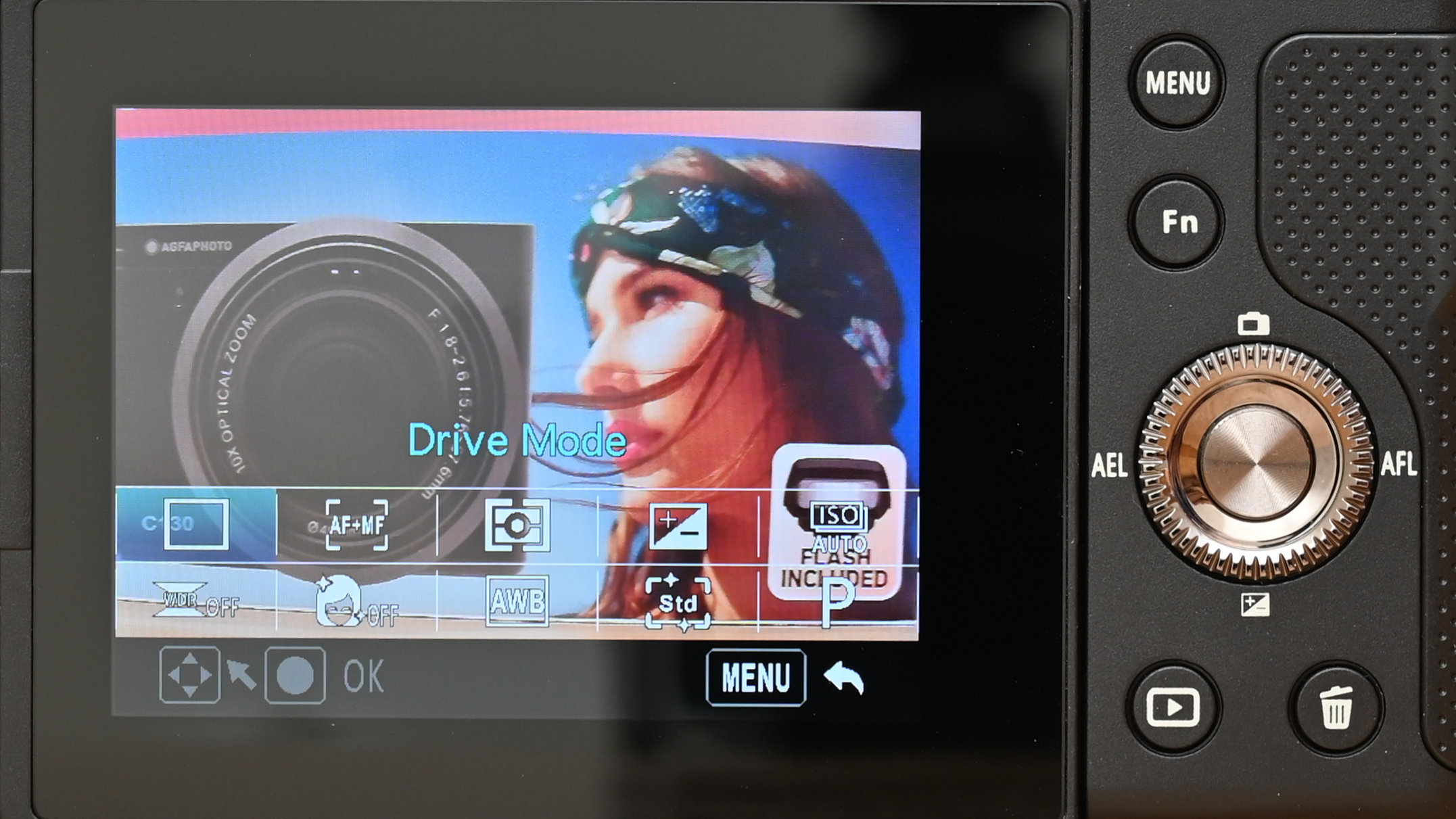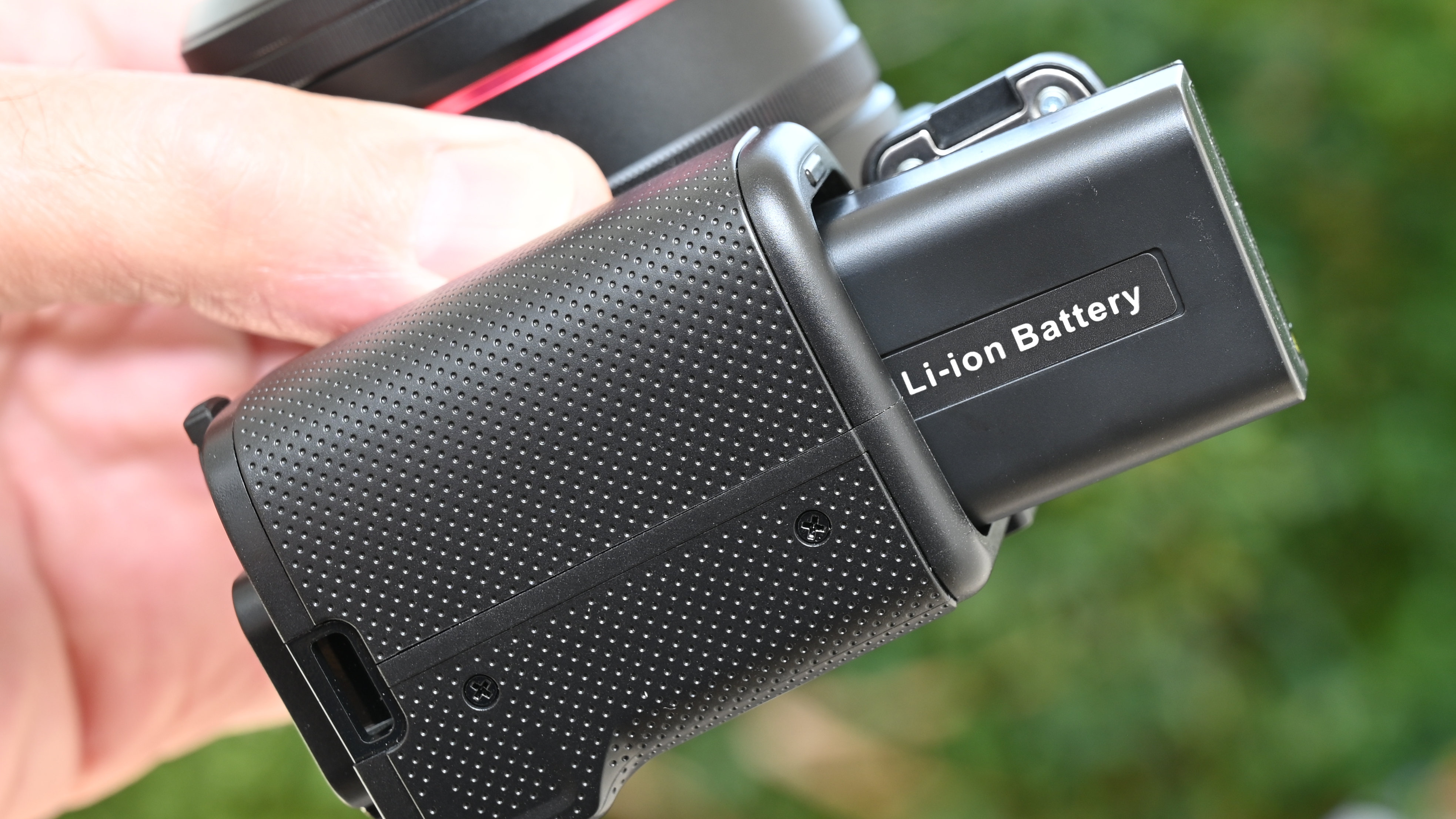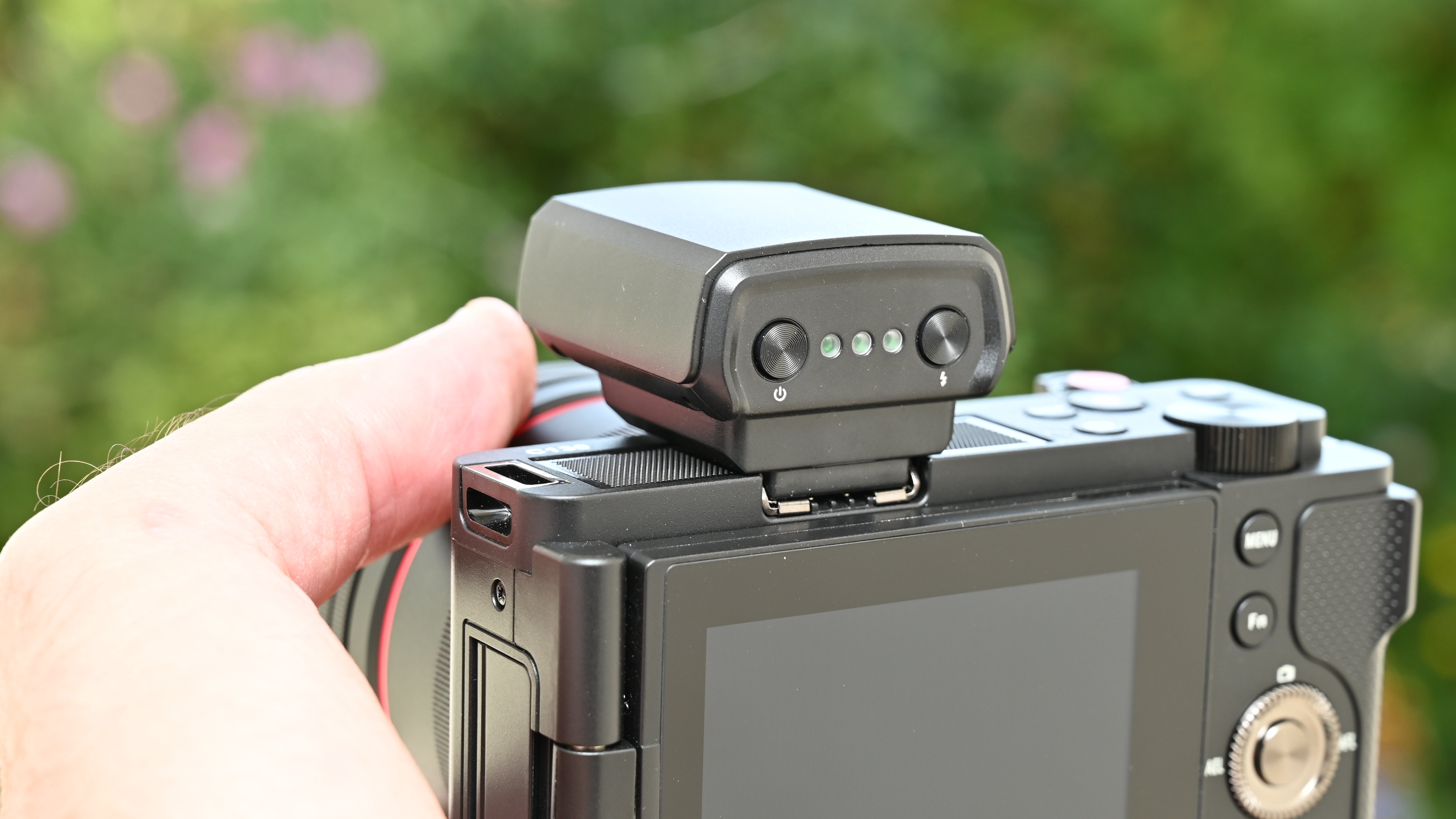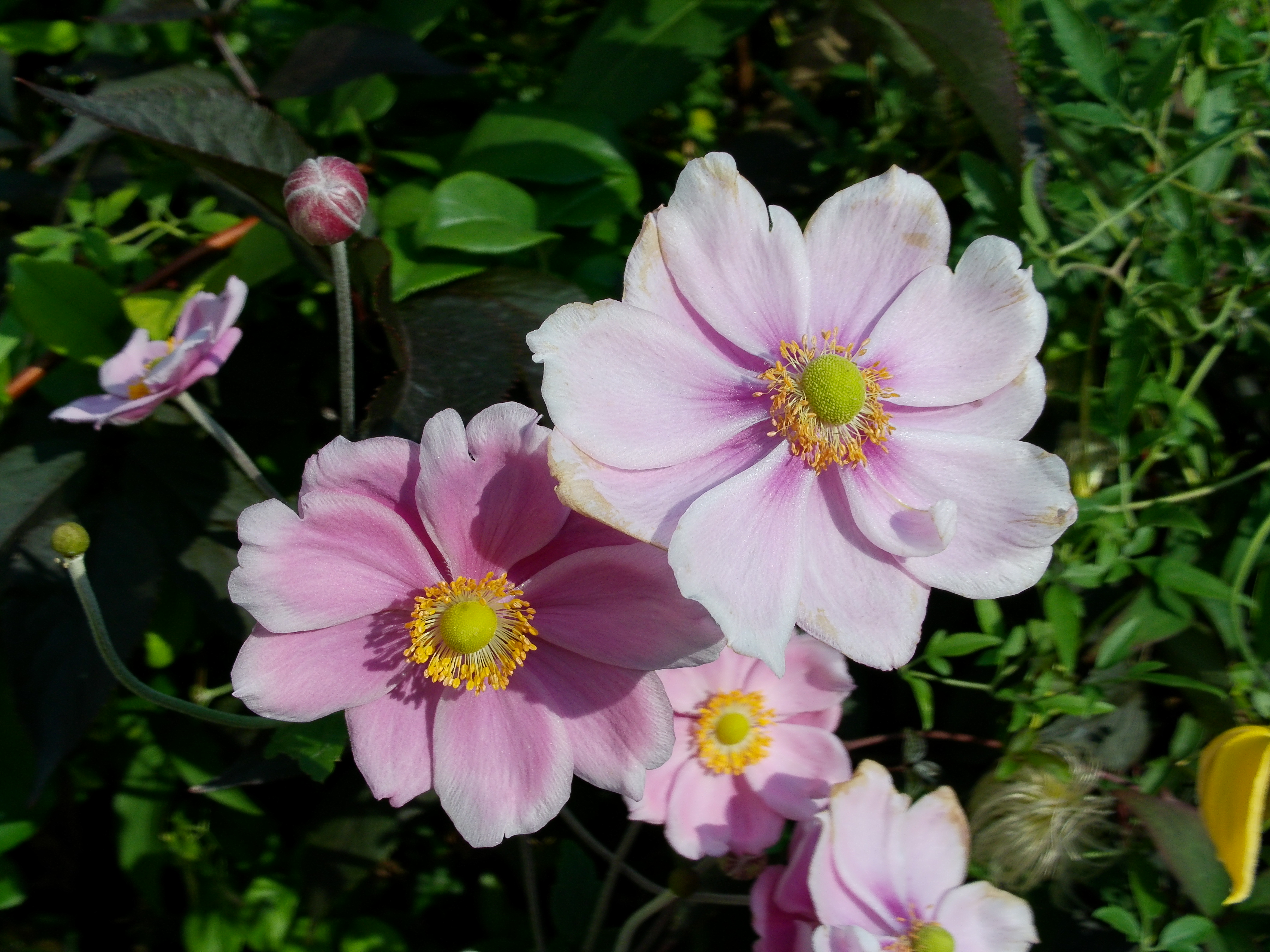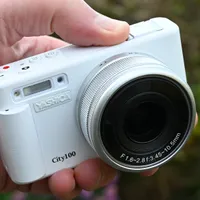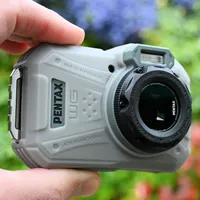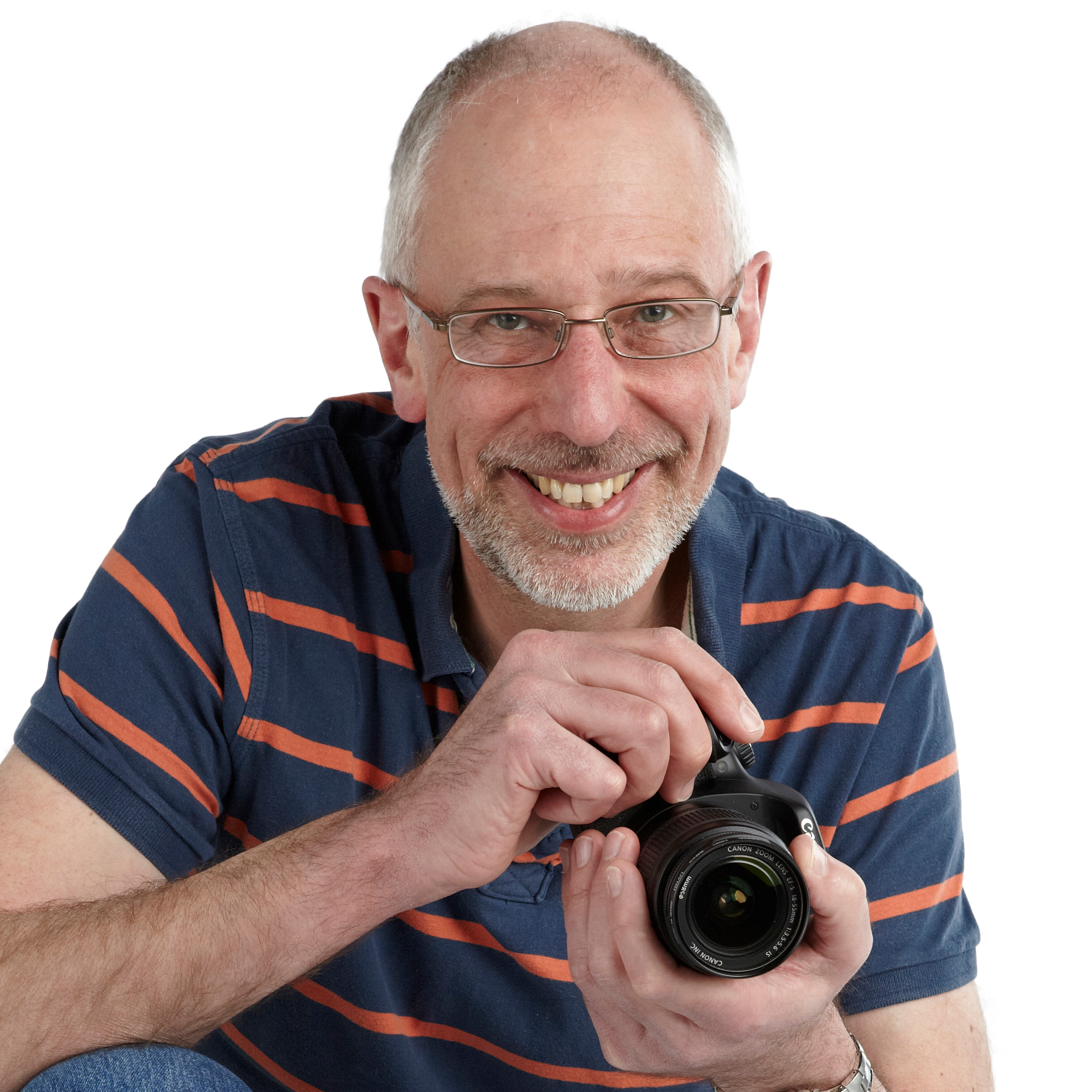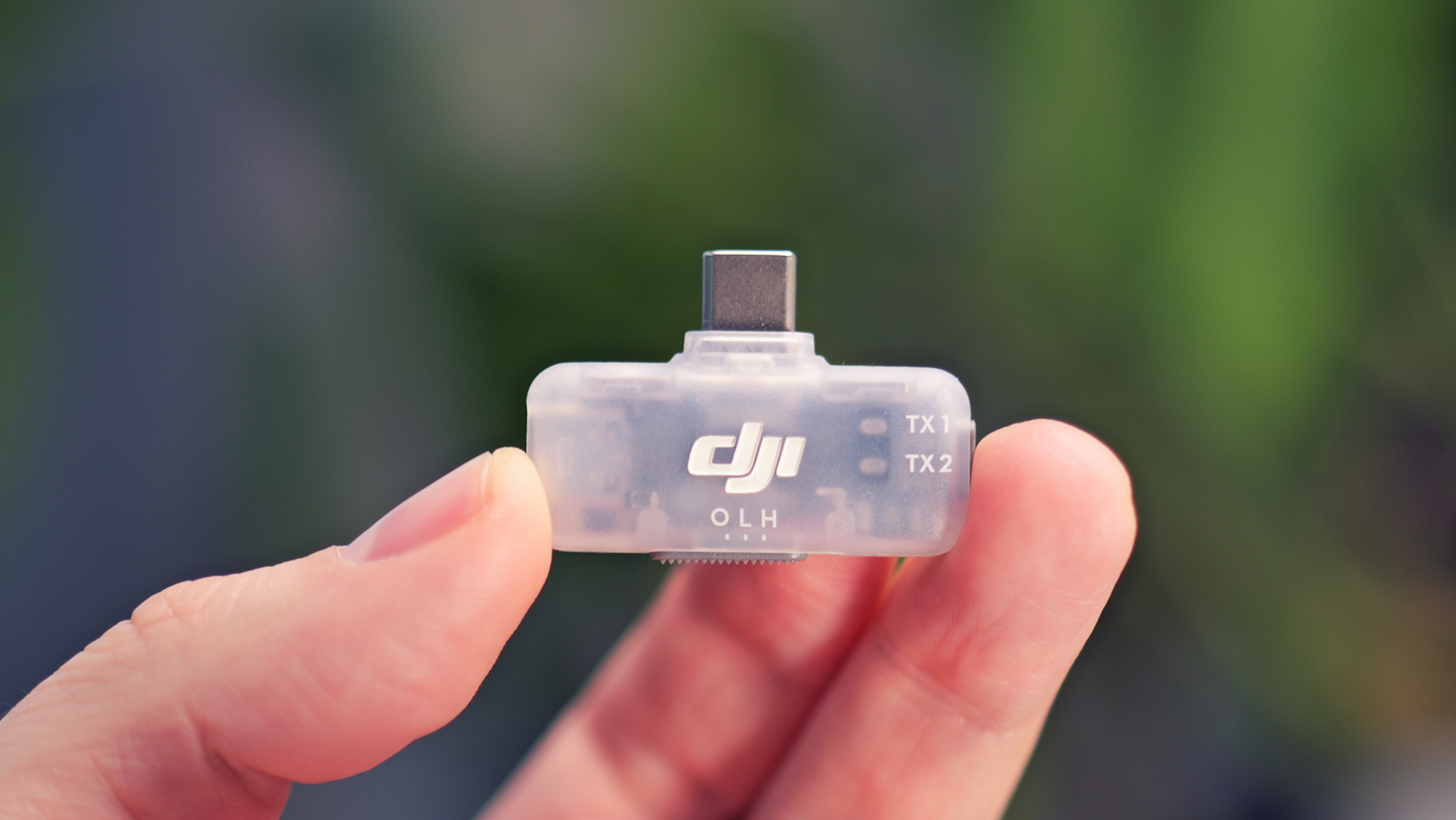Digital Camera World Verdict
The AgfaPhoto Realishot C130 certainly isn’t a cheap digital camera, but it does come with an impressive set of features and decent build quality, putting it a cut above inexpensive models. There are plentiful shooting modes, and I like the articulated rear touchscreen, as well as the 10x optical zoom with powerful telephoto reach. However, I’m disappointed that the camera’s wide-angle potential is virtually non-existent.
Pros
- +
10x optical zoom
- +
Articulated touchscreen
- +
13MP Sony image sensor
- +
Pleasing image quality
Cons
- -
Limited wide-angle coverage
- -
No viewfinder
- -
No RAW capture
- -
Manual flash
Why you can trust Digital Camera World
Things aren’t always what they seem. Buy an Agfa or Kodak camera, and you might think that you’re buying into a rich and illustrious photographic history that goes back to the mid to late 1800s. In a roundabout way, you are, but this camera, like the AgfaPhoto Realishot DC8200 and Kodak PixPro FZ45, has nothing to do with the pioneering companies of old, rather companies that pay to use the famous names.
Both of these cameras are easy on the pocket in every way, being very slimline and cheap to buy. The AgfaPhoto Realishot C130 that I’m reviewing here is on a grander scale, in terms of size, features, and purchase price. As such, it sets out to bridge the gap between the best cheap digital cameras and the best compact cameras, the latter of which cost a lot more to buy. And to some extent, its big 10x optical zoom range and powerful telephoto reach enable it to compete with bridge cameras.
AgfaPhoto Realishot C130: Specifications
Photo Resolution | 13MP (24MP interpolated) |
Video Resolution | 4K30, 2.7K60, 1080P120, 720P120 |
Image Sensor | 13MP CMOS (Sony IMX458) 1/2.8in |
Selfie mirror | No |
Display | 2.8-inch Vari-angle |
Touchscreen | Yes |
Battery | NP-180 1600mAh Li-ion |
Connections | Mic, HDMI, USB-C |
Size (WHD) | 117 x 84 x 66mm |
Weight | 400g (inc battery & card) |
AgfaPhoto Realishot C130: Price
Some digital cameras on the market are insanely cheap to buy. I’ve personally reviewed the likes of an Andoer Digital Camera costing just $54 / £40 and the Mutrain X10 Digital Camera at an unfeasibly low $30 / £25. And to be blunt, they were both trash.
Spend a bit more and you’re in the category of cameras like the Kodak PixPro FZ45 at $90/£94 and the Minolta MND25 at $99/£98. Take another step up and you’re looking at compacts like the Yashica City 100 at $209 / £220 and the tough little Pentax WG-1000 at $195 / £249.
This AgfaPhoto is pricier than all of them, weighing in at £349 / €399 in the UK and Europe. The C130 is rather more sophisticated than all of the other cameras on this shopping list, with a 10x optical zoom lens and an articulated touchscreen, to name but a couple of its exotic features. It looks rather more impressive on paper, and in the flesh, potentially making it good value for money. Let’s take a closer look.
AgfaPhoto Realishot C130: Design & Handling
There are a few things that set this camera apart from run-of-the-mill cheap compacts. Firstly, it has a proper and purposeful-looking 10x optical zoom lens that’s quite chunky and even features a red line around it, reminiscent of Canon’s up-market L-series optics. Around the back, there’s an articulated screen, as also featured on Yashica City 100, but this time it’s a touchscreen, giving a boost to handling characteristics.
In between, it also features the same Sony IMX458 13MP 1/2.8in CMOS image sensor as the Yashica camera. It’s actually one of my bugbears that, while having a 13-megapixel sensor, the AgfaPhoto is advertised as being a 24-megapixel camera. That said, the Yashica is badged as a 72MP camera, so you could argue that the C130 is relatively restrained in its claims.
The best camera deals, reviews, product advice, and unmissable photography news, direct to your inbox!
The overall feature list looks pretty impressive. Highlights include that 13MP CMOS image sensor, 10x optical zoom lens (plus 4x digital zoom) and 2.8-inch touchscreen. There’s also a full range of automatic and manual shooting modes, auto and manual focusing options, scene modes aplenty, image stabilization, night vision, built-in Wi-Fi and even a companion flash that slots into the hot-shoe.
The C130 looks and feels like a ‘proper’ camera, rather than a little slip of a thing to pop in a spare pocket. Along with that chunky lens, it has a deeply sculpted hand grip to accommodate fingers at the front and a ridge for your thumb at the rear. The back of the camera itself has a logical layout, with buttons for calling up the main menu and function menu, a 4-way pad that doubles up to give direct access to AEL (Auto Exposure Lock), AFL (Auto Focus Lock), drive mode and exposure compensation. Drive modes include options for single and continuous advance with speeds of 3, 5 or 7 frames per second, plus self-timer modes with delays of 2, 5 or 10 seconds. Exposure compensation is worth up to +/- 3 stops in 1/3rd stop increments.
Up on top, from left to right, are featured built-in stereo microphones, either side of the hot-shoe for the companion flash. Then you get a selection of buttons and dials including the on/off switch, Display options button, video start/stop, rotary command dial, Mode button and shutter button, complete with a lever for operating the motorized zoom. You can focus the lens manually as well as automatically, but there’s no manual zoom option.
On the left hand side of the camera there’s a flap that reveals an array of sockets. These comprise a USB-C port for data transfer and for charging the battery (no separate charger is supplied), an input socket for an external microphone, and a mini HDMI socket. They cover most eventualities but there’s no headphone socket, so you’re reliant on the built-in speaker.
The lens is badged as an f/1.8-2.6, 5.76-57.6mm 10x optical zoom with a 49mm filter attachment thread. I like the fact there’s a filter attachment thread, which gives further kudos to the camera’s aspirations of being a serious bit of kit. It’s supplied complete with a pinch-action lens cap and a stretchy cord to avoid it getting lost when detached from the lens. I removed this as I don’t like my lens cap dangling around while I’m shooting. A neck strap for the camera is also provided.
Although the lens has a generous 10x zoom range, it’s actually my biggest disappointment in the overall design of the camera. There’s no ‘effective’ range of focal lengths quoted anywhere in the camera’s specifications, but based on the size of the image sensor, it works out to 42-420mm in full-frame terms.
That’s great news if you want really powerful telephoto reach for the likes of wildlife photography. However, you get practically no wide-angle potential, as the widest effective focal length of 42mm only gives a fairly standard perspective.
To my mind, the main attraction of a fully articulated screen that can face forward is for selfies and vlogging. It’s therefore arguably a fatal flaw that the widest available zoom setting is really insufficient for putting yourself in front of the camera at arm’s length.
The shooting mode options are also a bit of a mixed bag. Sure, there are lots of them including Full Auto, PASM, a whole lot of Scene modes, Macro and even an infrared Night Vision mode. They’re mostly good and the shutter speed range of 1 second right up to 1/8000th of a second in Shutter-priority mode is impressive, but the total aperture range of just f/1.8 to f/2.6 (f/1.9 to f/2.7 at the telephoto end) in Aperture-priority mode leaves very little room for maneuver. The sensitivity range is reasonably generous, stretching from ISO 100 to ISO 3200 and as I’d expect, it includes an Auto ISO option.
The camera is powered by a chunky Li-ion battery that makes the most of the space enabled by the relatively large hand grip. The NP-180 1600mAh battery has a claimed stamina equating to two hours of video shooting – no claims are made for the number of stills you can capture. A standard sized SD/SDHC/SDXC card slots into the camera right next to the battery, with a suggested maximum capacity of 512GB.
Last but not least on the features list is the small flash that’s supplied with the camera. Again, things might not be quite what they seem. Slide the protective plate out of the camera’s hot-shoe and it reveals no less than five separate electronic contact pads. That would suggest to me that dedicated flash with TTL (Through The Lens) flash metering is available. However, the small flash only has a single contact pin for triggering and is entirely manual, with three options of low, medium and high brightness. Even so, it’s definitely better than nothing and can be useful for adding a little fill-in flash.
AgfaPhoto Realishot C130: Performance
At its native resolution of 13 megapixels, the C130 delivers crisp looking stills with good sharpness and clarity, along with pleasing color rendition. As I’d expect, sharpness drops off towards the long end of the zoom range but more of a problem as far as I’m concerned is the lack of any real wide-angle potential. The touchscreen interface works well and the screen image itself is moderately well detailed, although the actual resolution is unspecified.
The following gallery of four images was taken of the same scene, overlooking the English city of Bath from a nearby hill, at progressively longer zoom settings, starting with the shortest and ending with the longest, without resorting to digital zoom. It’ll give you an idea of how the overall range works out in practice.
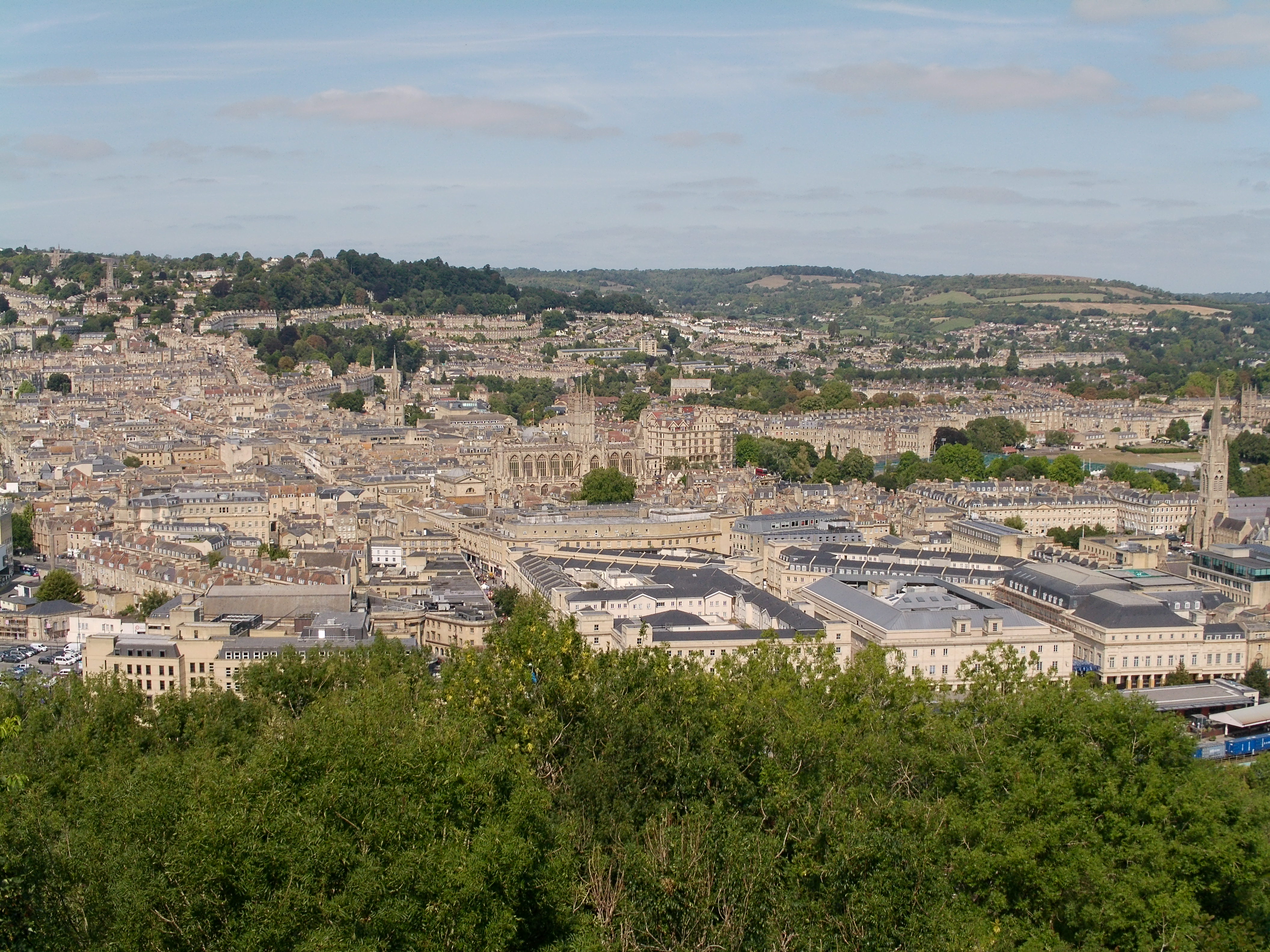
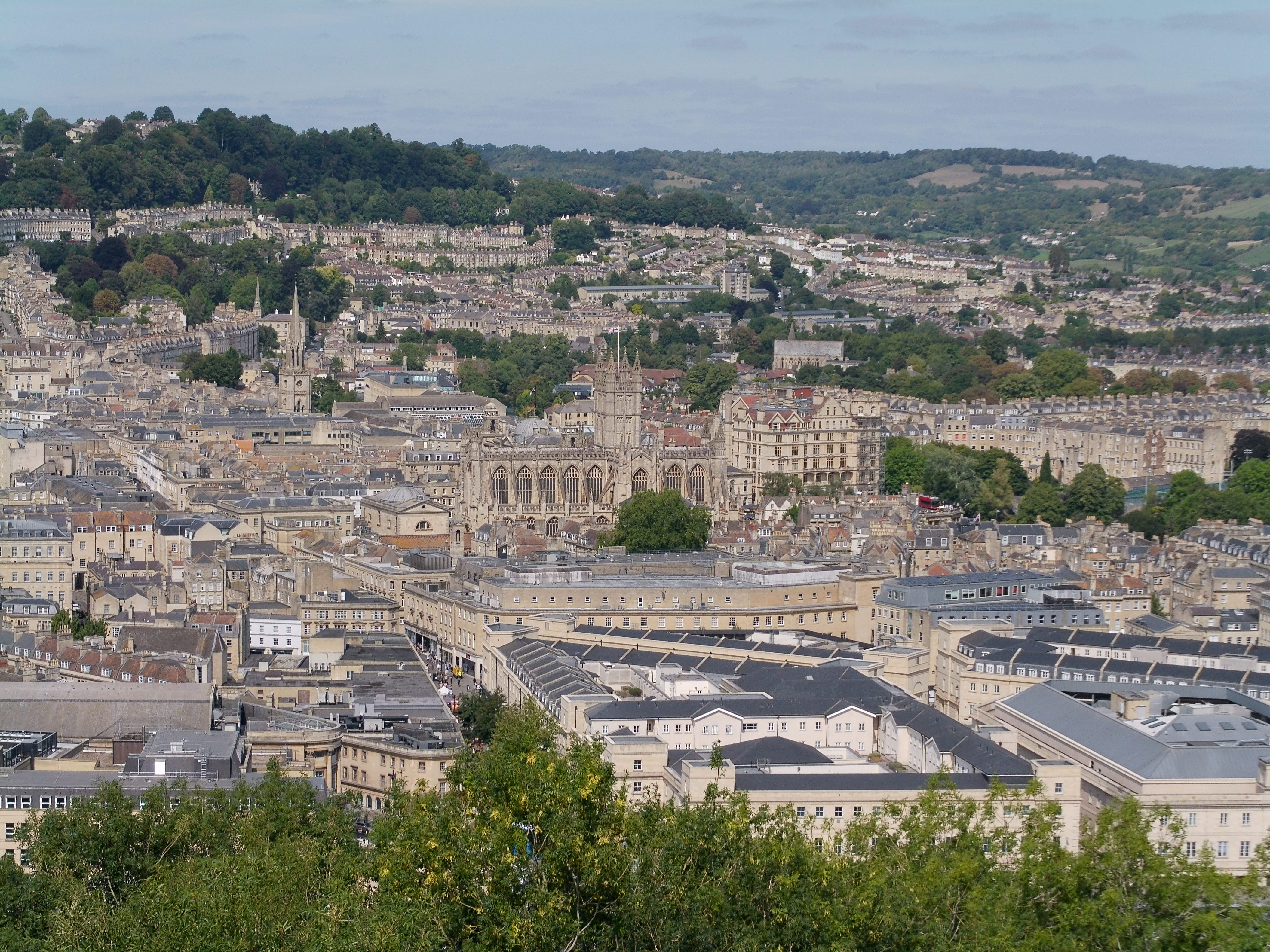
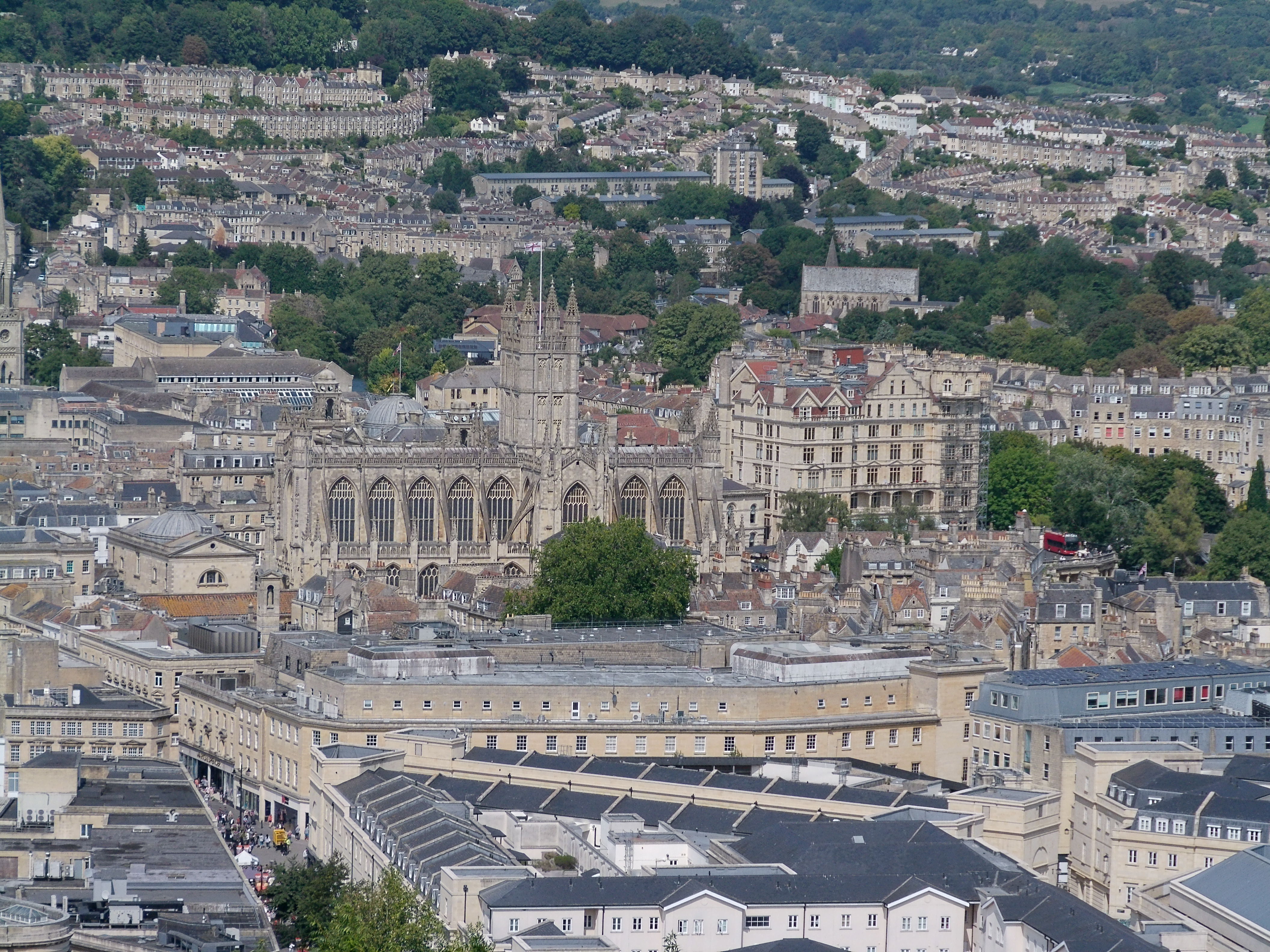
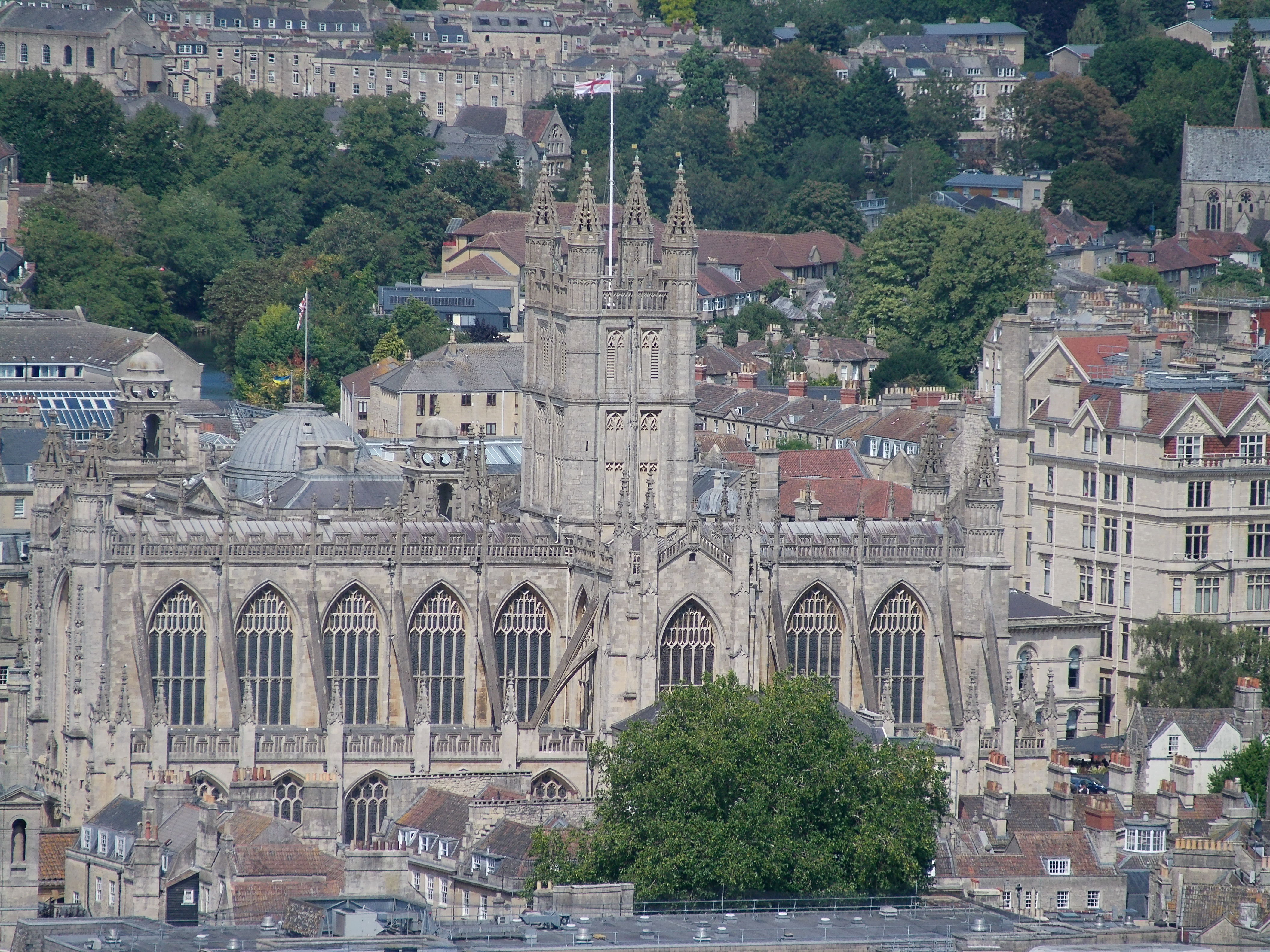
I like the different color treatments and scene modes offered by the camera. These are wide ranging but, for the sake of comparison, the following gallery contains pairs of shots of colorful garden flowers, each taken in both of the Standard and Vivid settings. I just think it’s a shame that RAW quality mode isn’t available when shooting, as this would enable swapping between different treatments later on, at the editing stage.

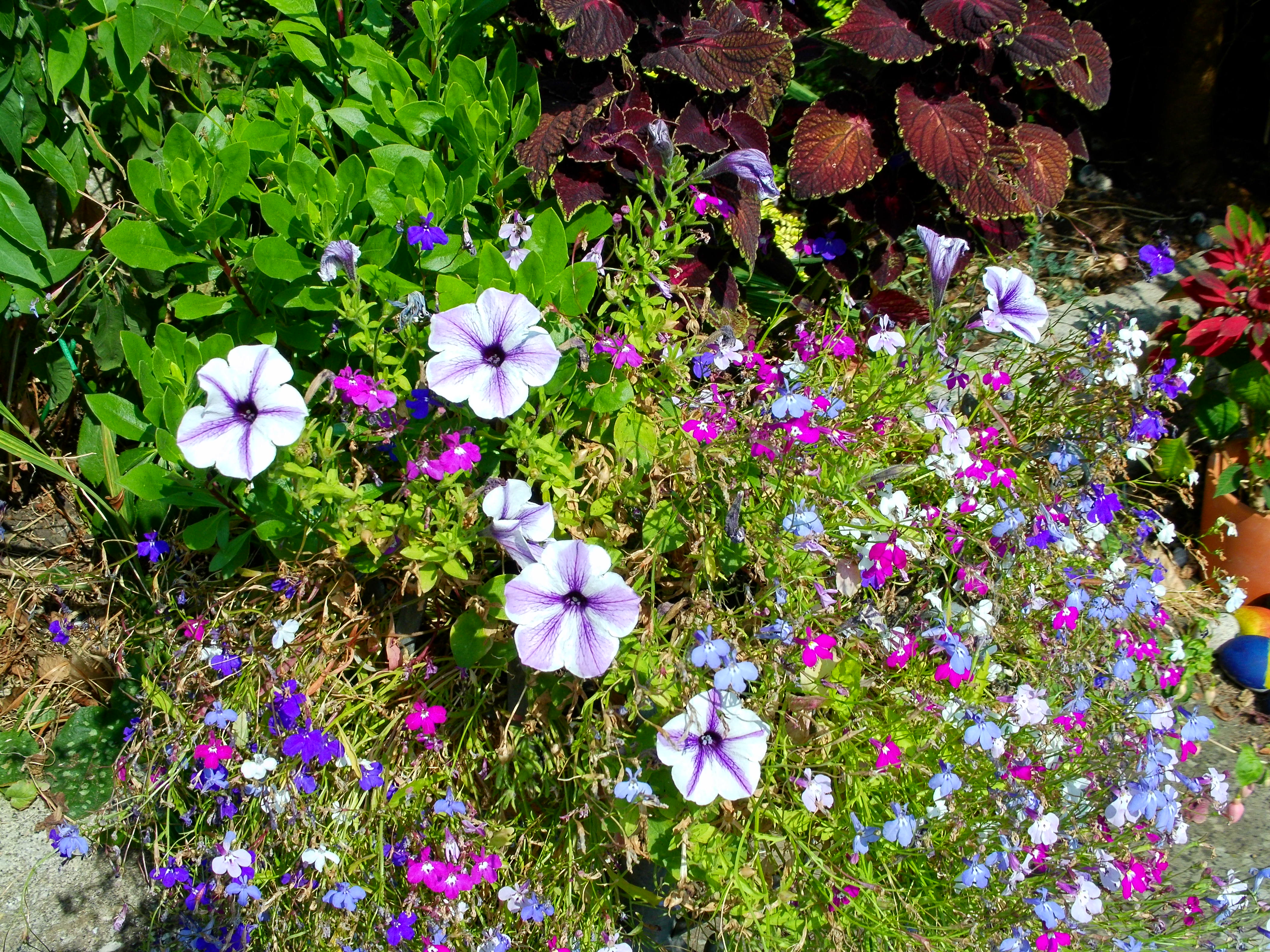
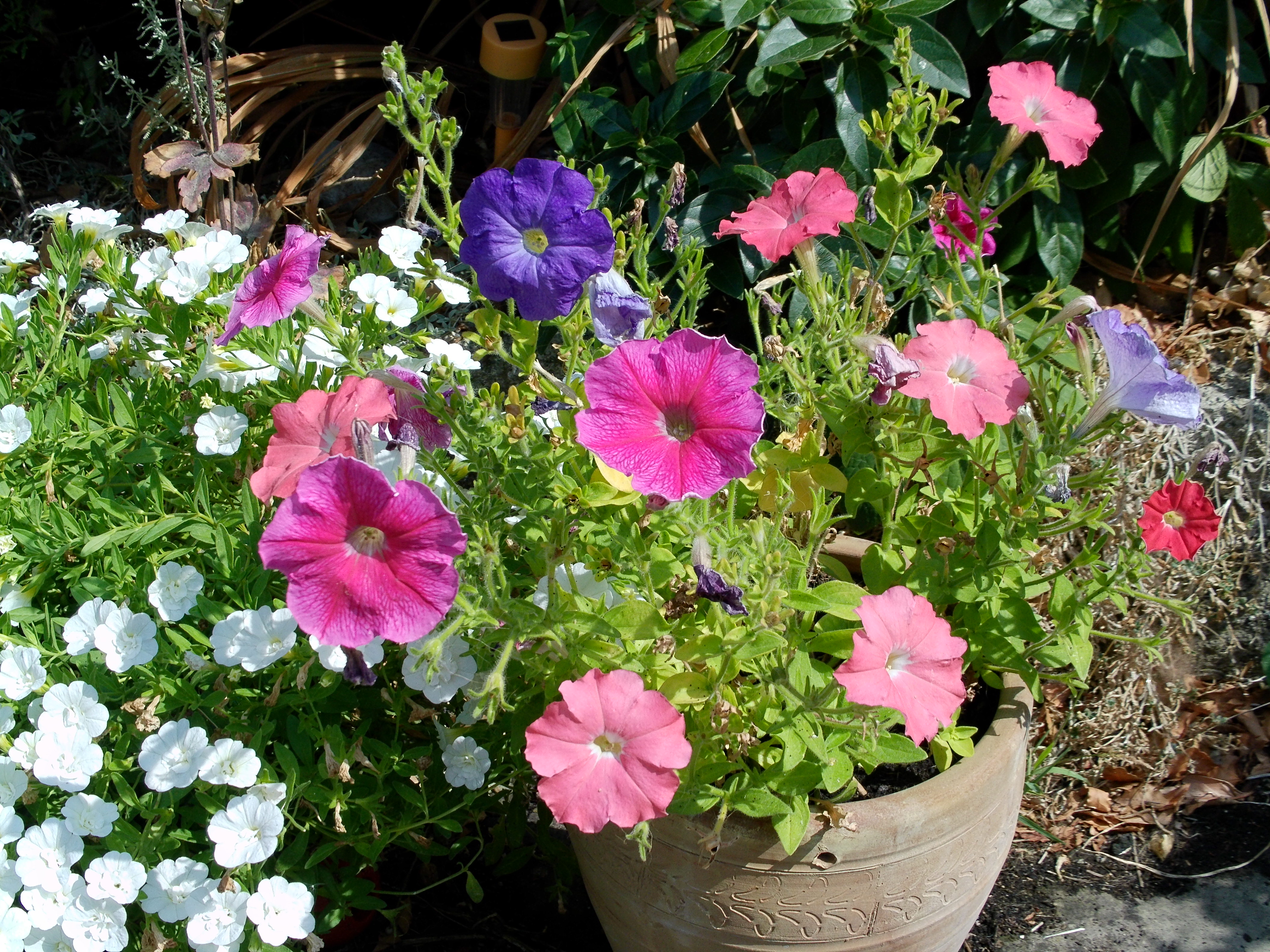
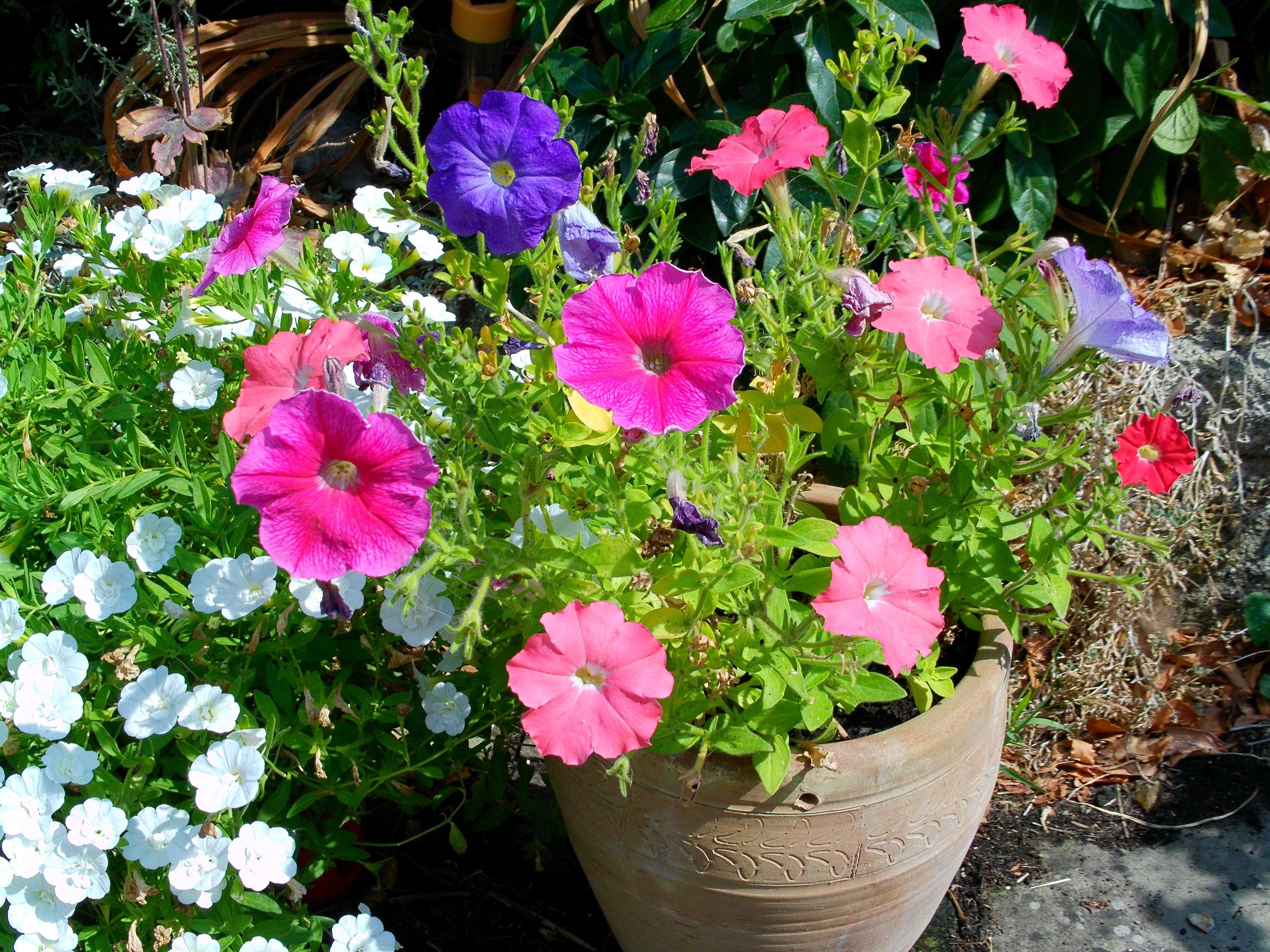

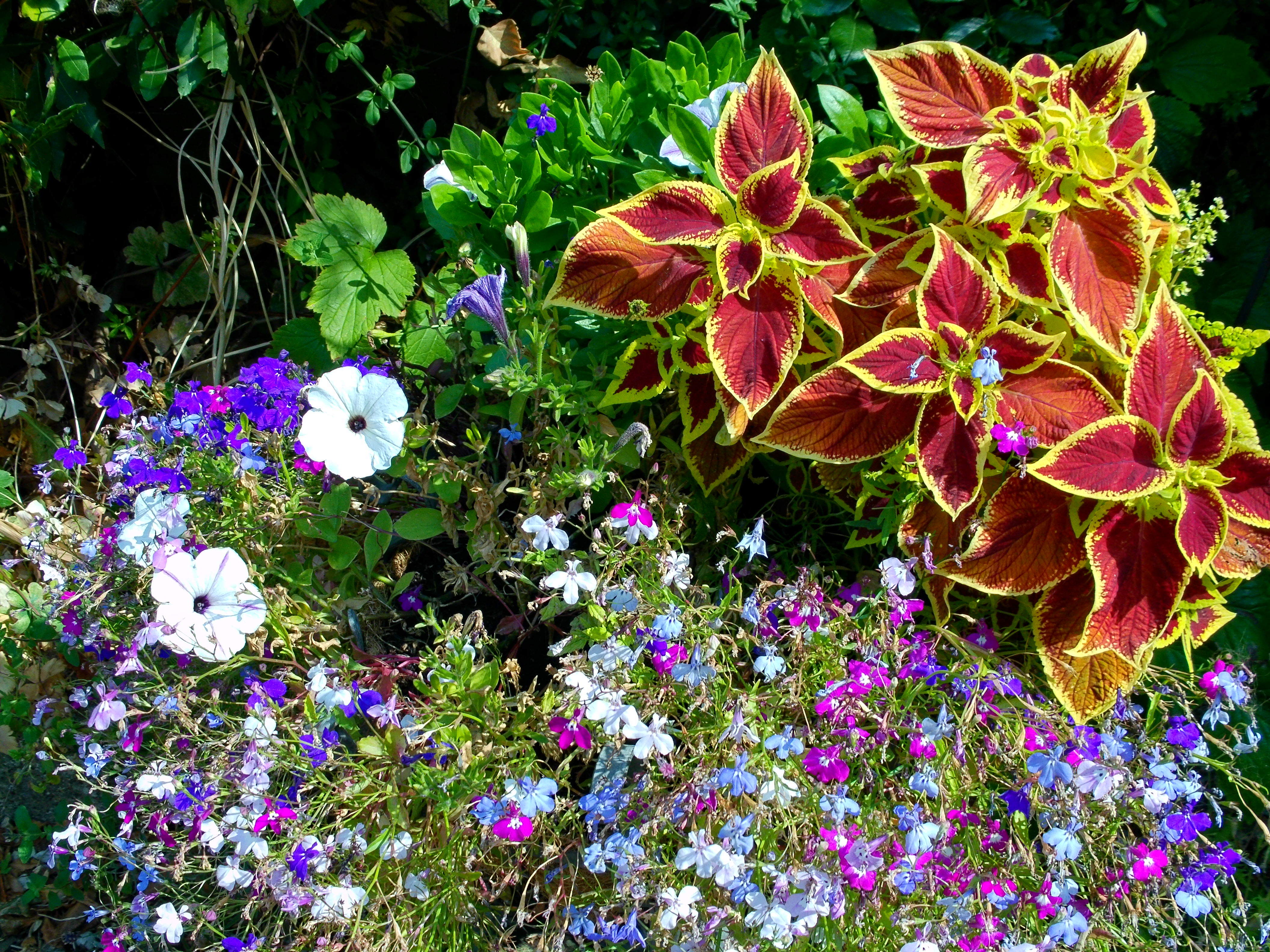
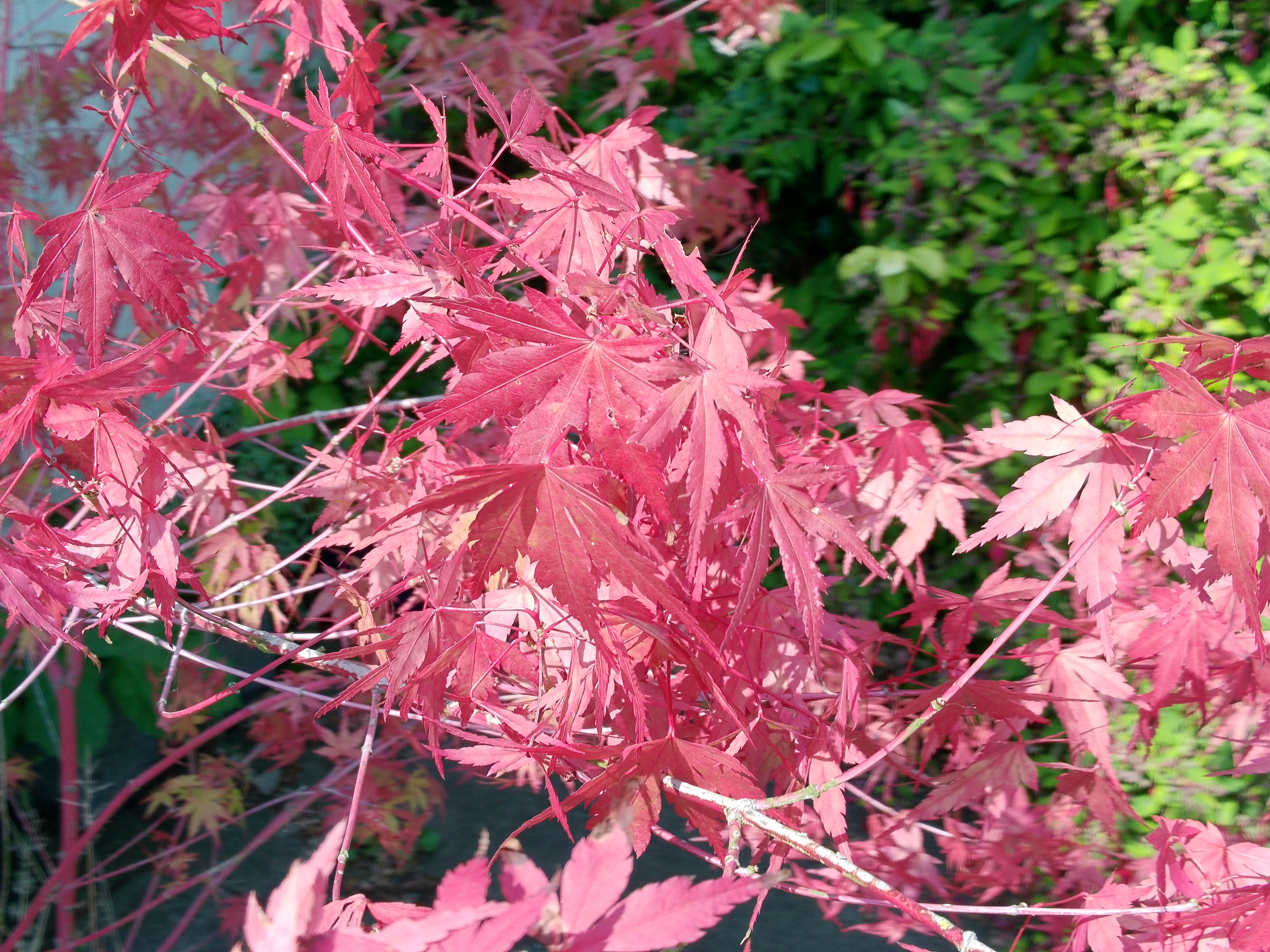
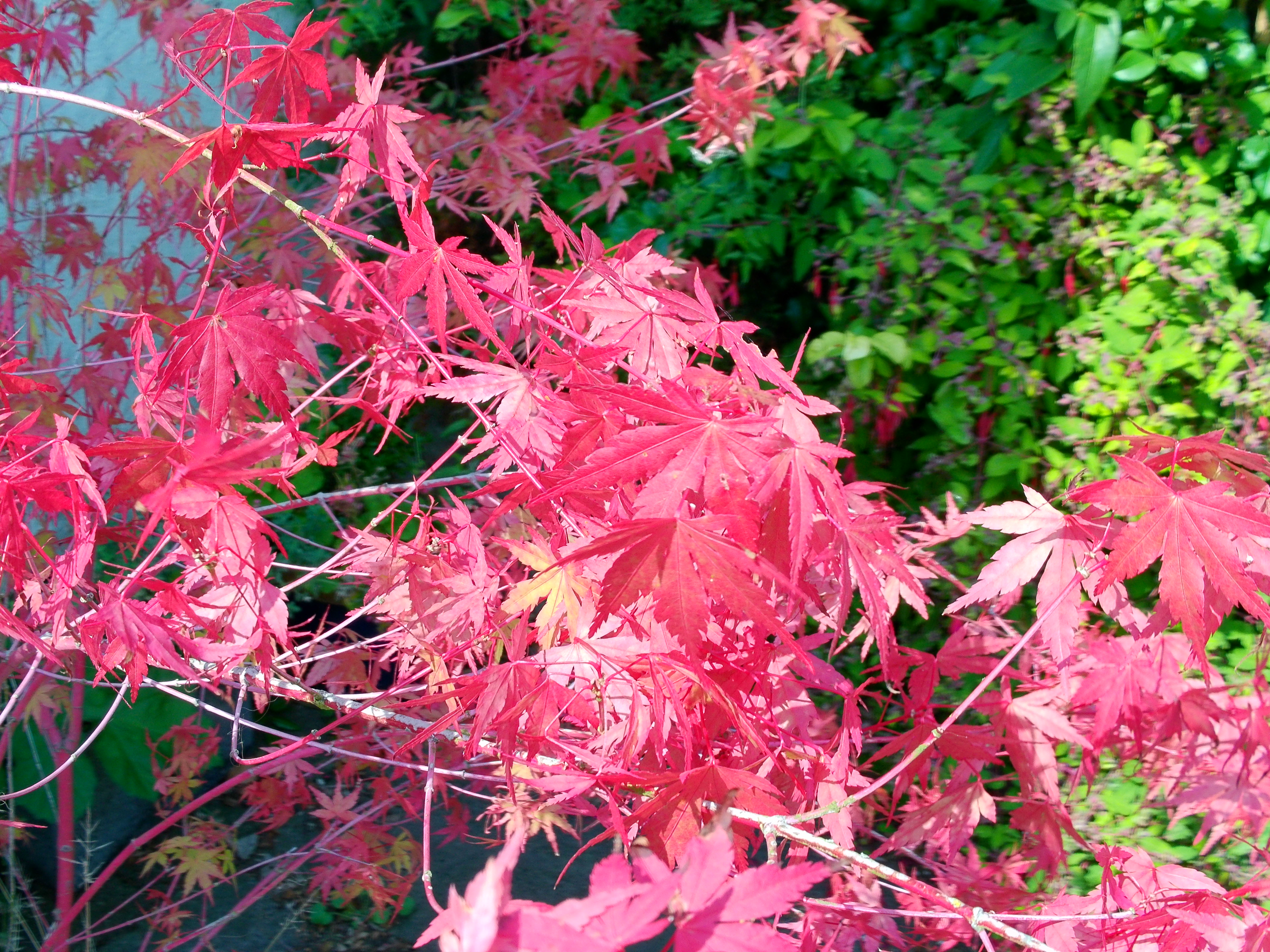
I find it a little frustrating when manufacturers advertise cameras as having more megapixels than their native resolution. The C130 follows suit, badged as a 24MP camera even though it has a 13MP sensor. That said, it does a good job of interpolation to upsize its images, as shown in the following gallery of cropped images, one at the native 13MP, the other upscaled to 24MP. Fine detail and texture are well preserved at the greater resolution, with minimal appearance of the dreaded jagged edges to diagonal lines, or a blocky appearance to graduated colors and tones, which are usually associated with upscaling.
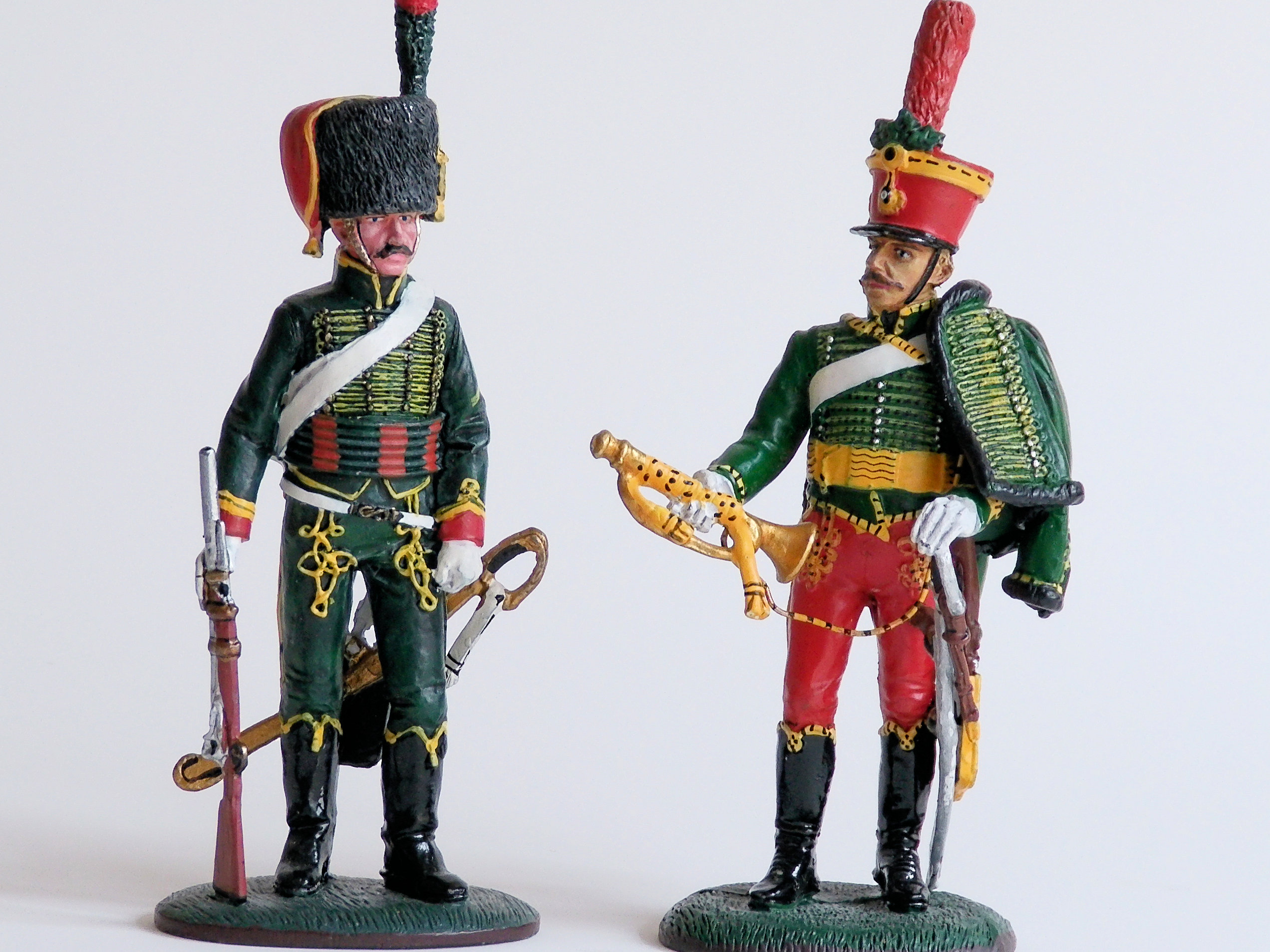
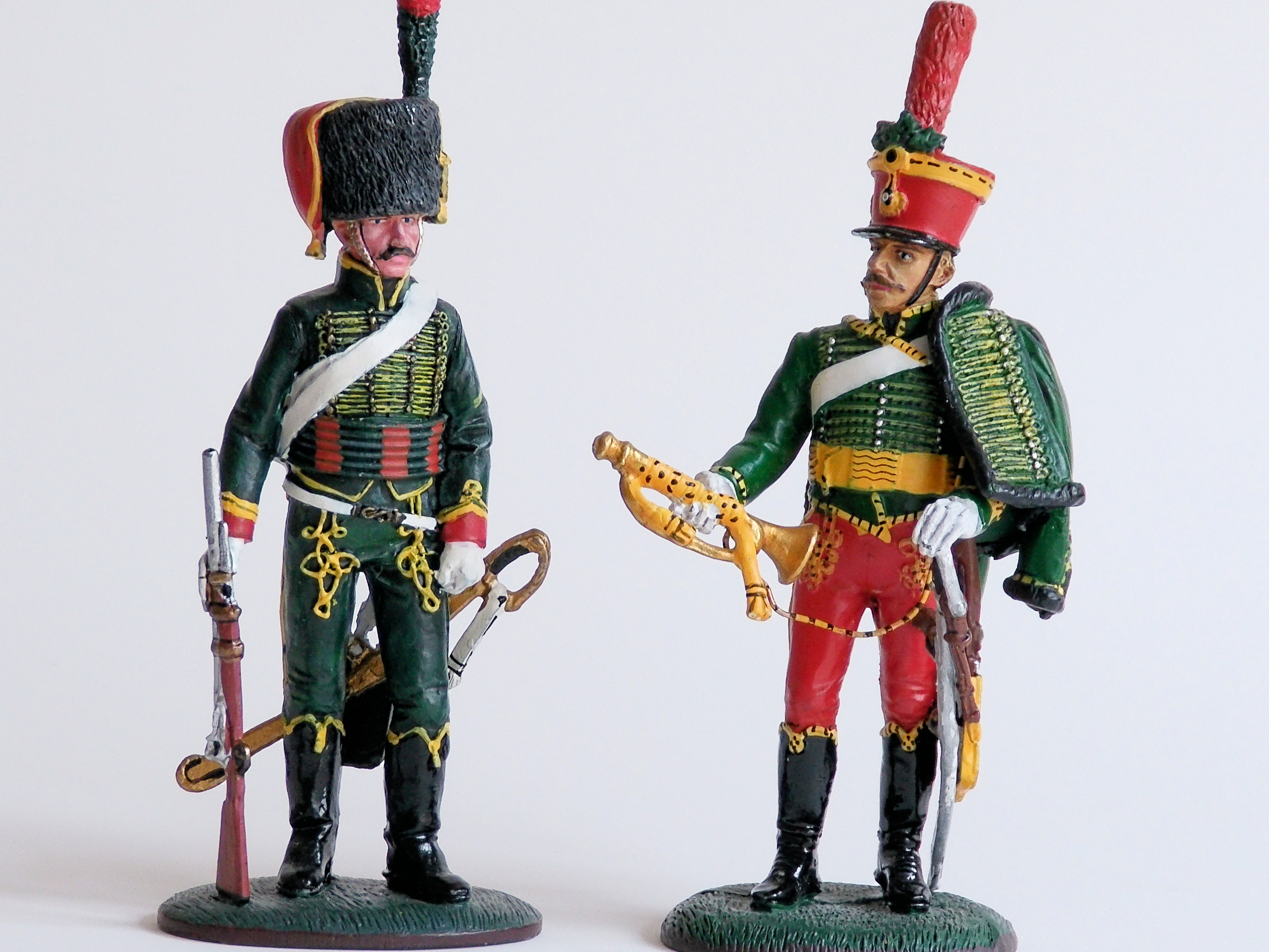
The only real downturn in performance is an expected one, in that physically small sensors tend to make a big noise, so to speak. In my tests under ambient indoor lighting levels, images were nice and clean at the base sensitivity setting of ISO 100, and remained pretty good at ISO 200. Image noise became progressively worse at ISO 400 and upwards, with an increasing loss of fine detail, which was smoothed out in-camera in a bid to mask the image noise.
The following gallery contains small 2.7MP crops from 13MP originals, taken of a model car at ISO 100, 800, 1600 and the maximum available sensitivity of ISO 3200. There are also a couple of shots of garden flowers taken at ISO 1600 and ISO 3200, in shadowy conditions.

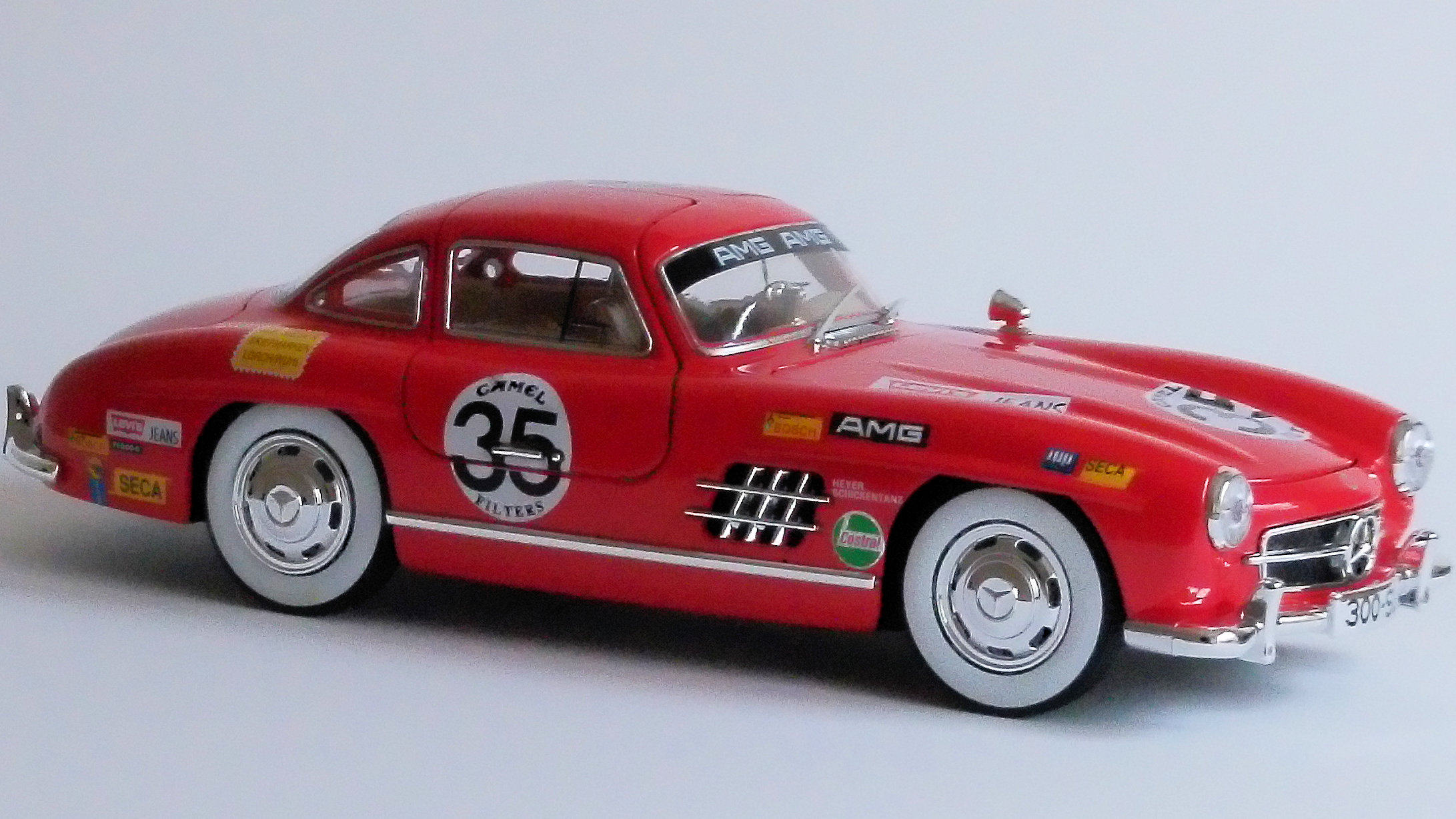
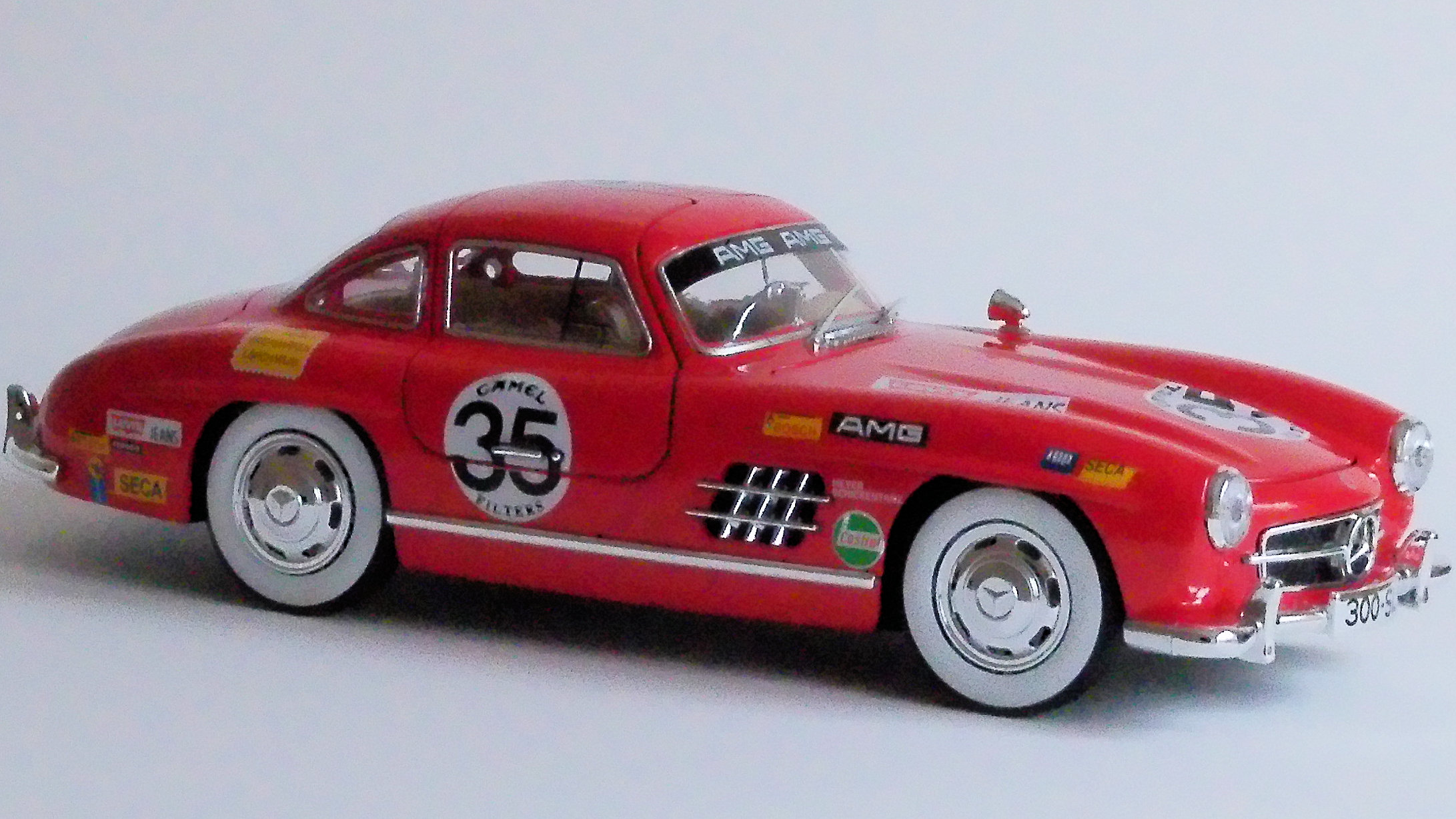
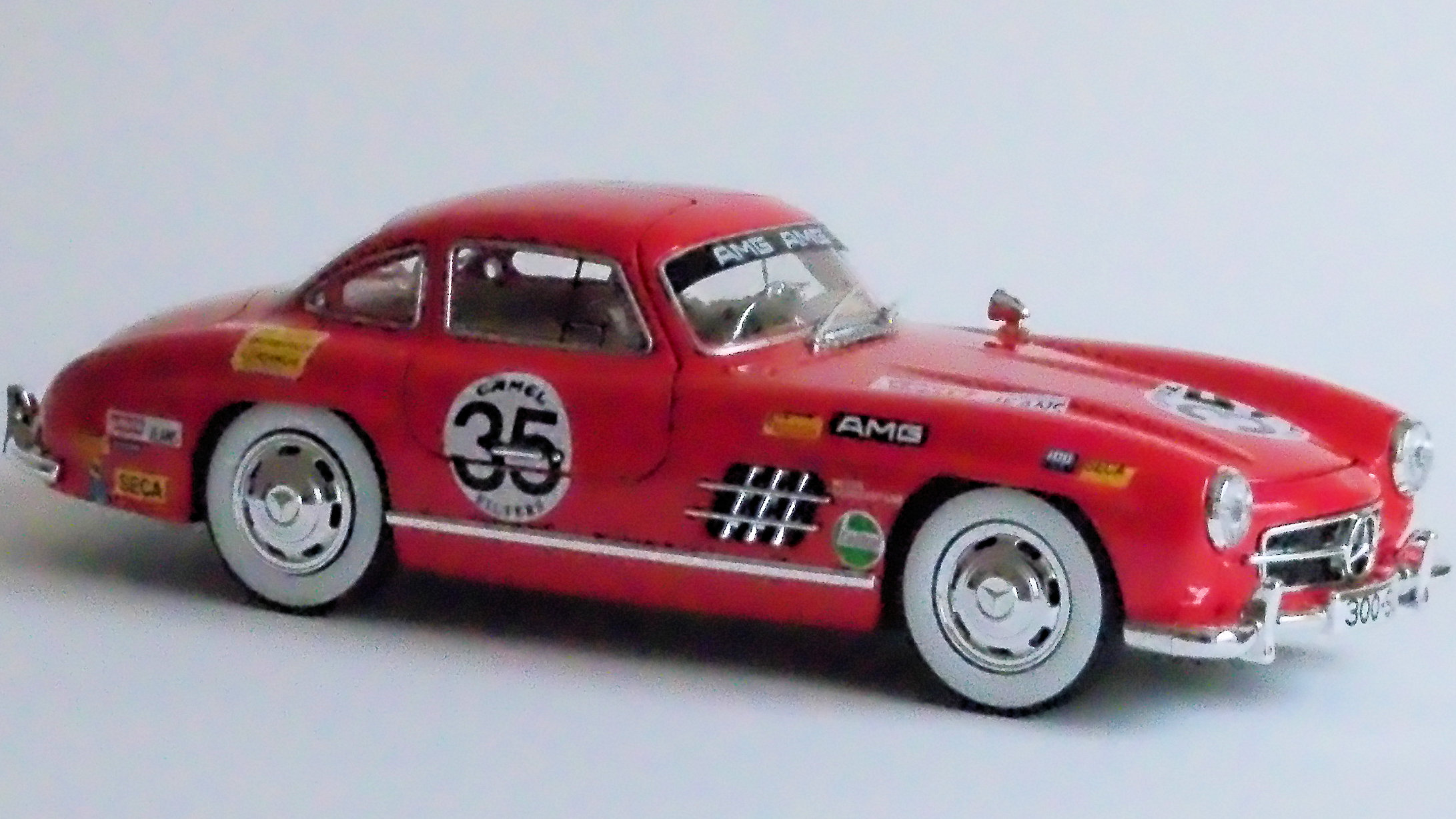
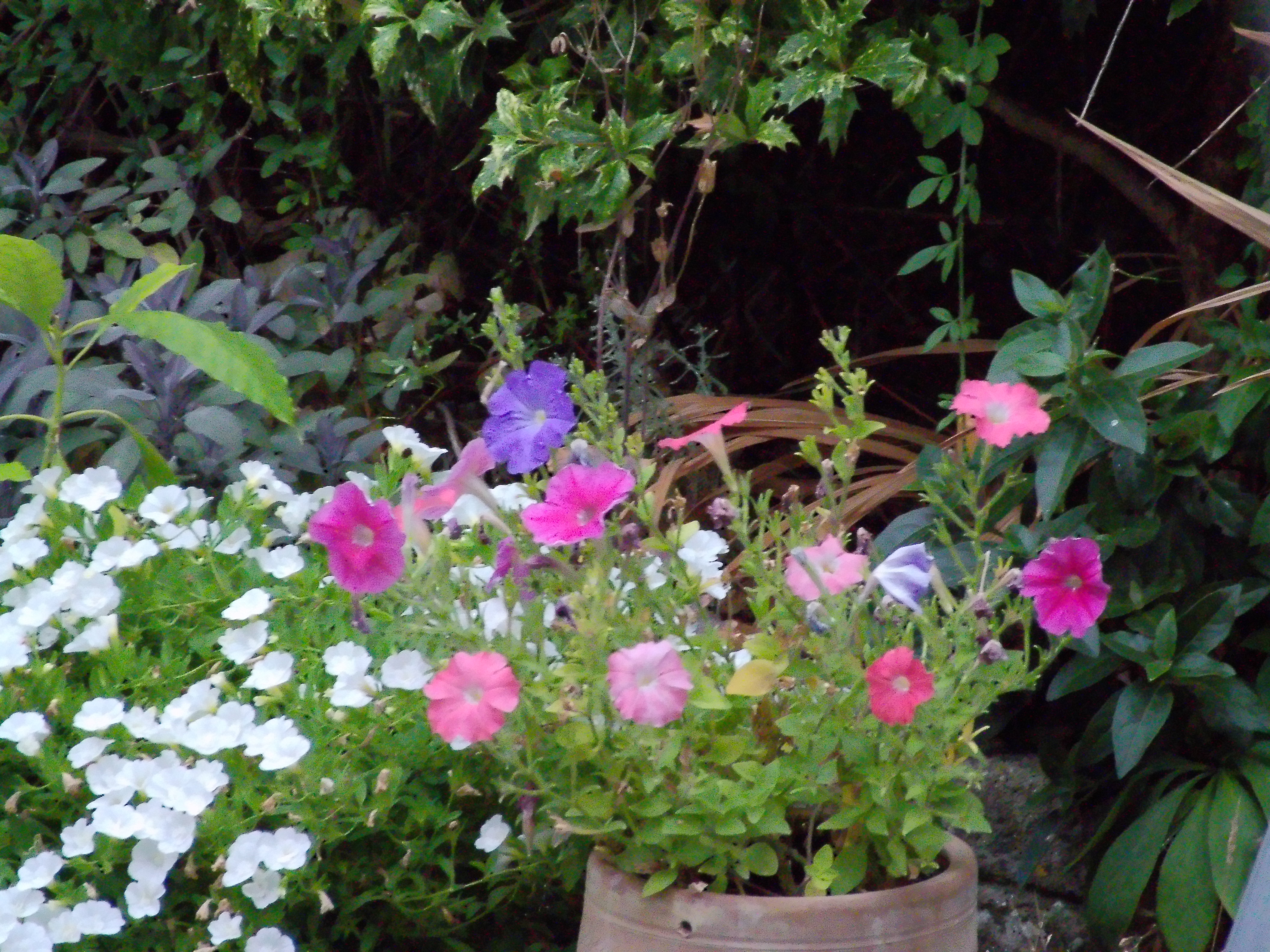
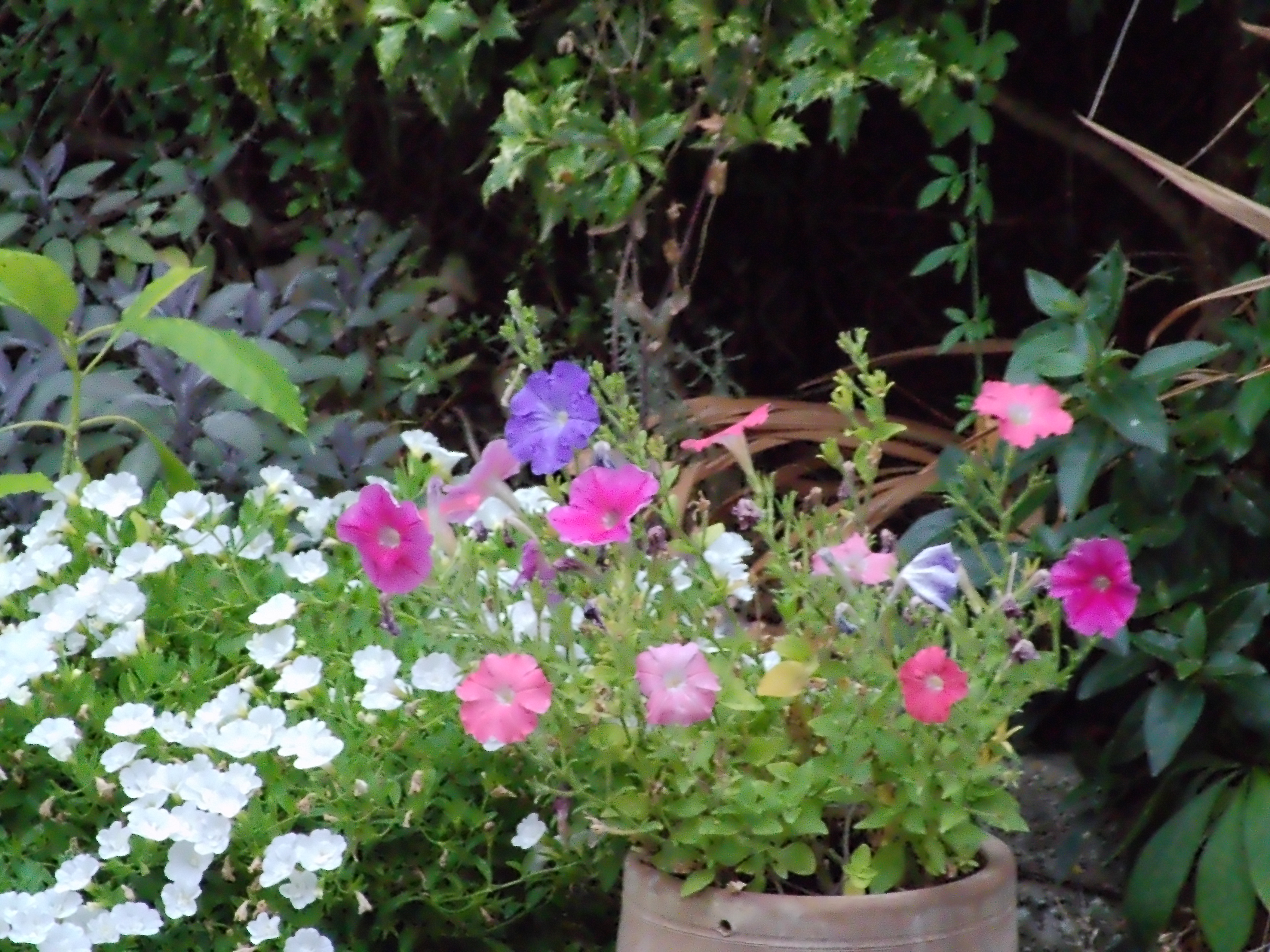
AgfaPhoto Realishot C130: Sample Images
The following gallery of sample images was taken in the city of Bath on a sunny summer afternoon, using various zoom settings, from the shortest to the longest.

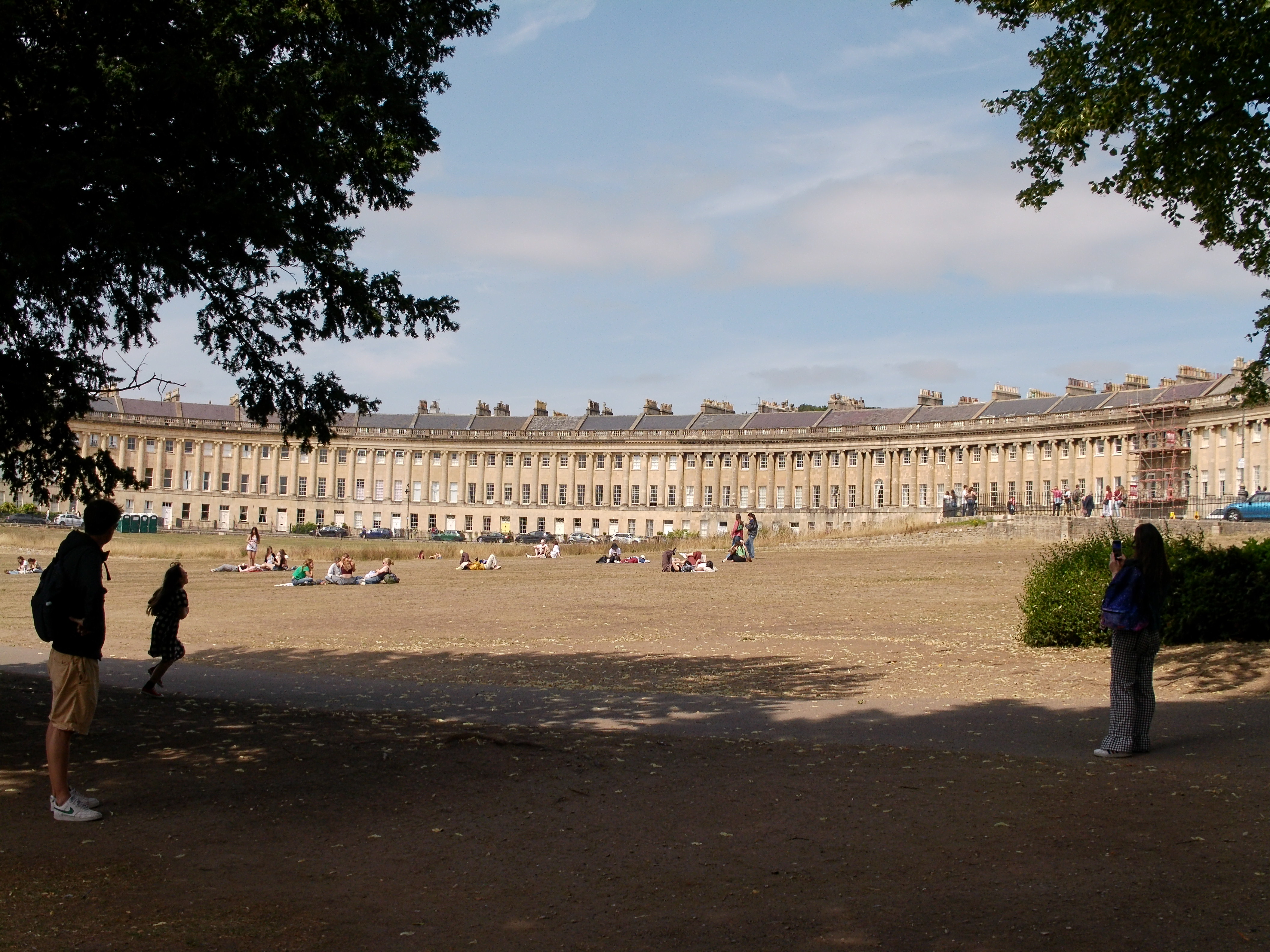

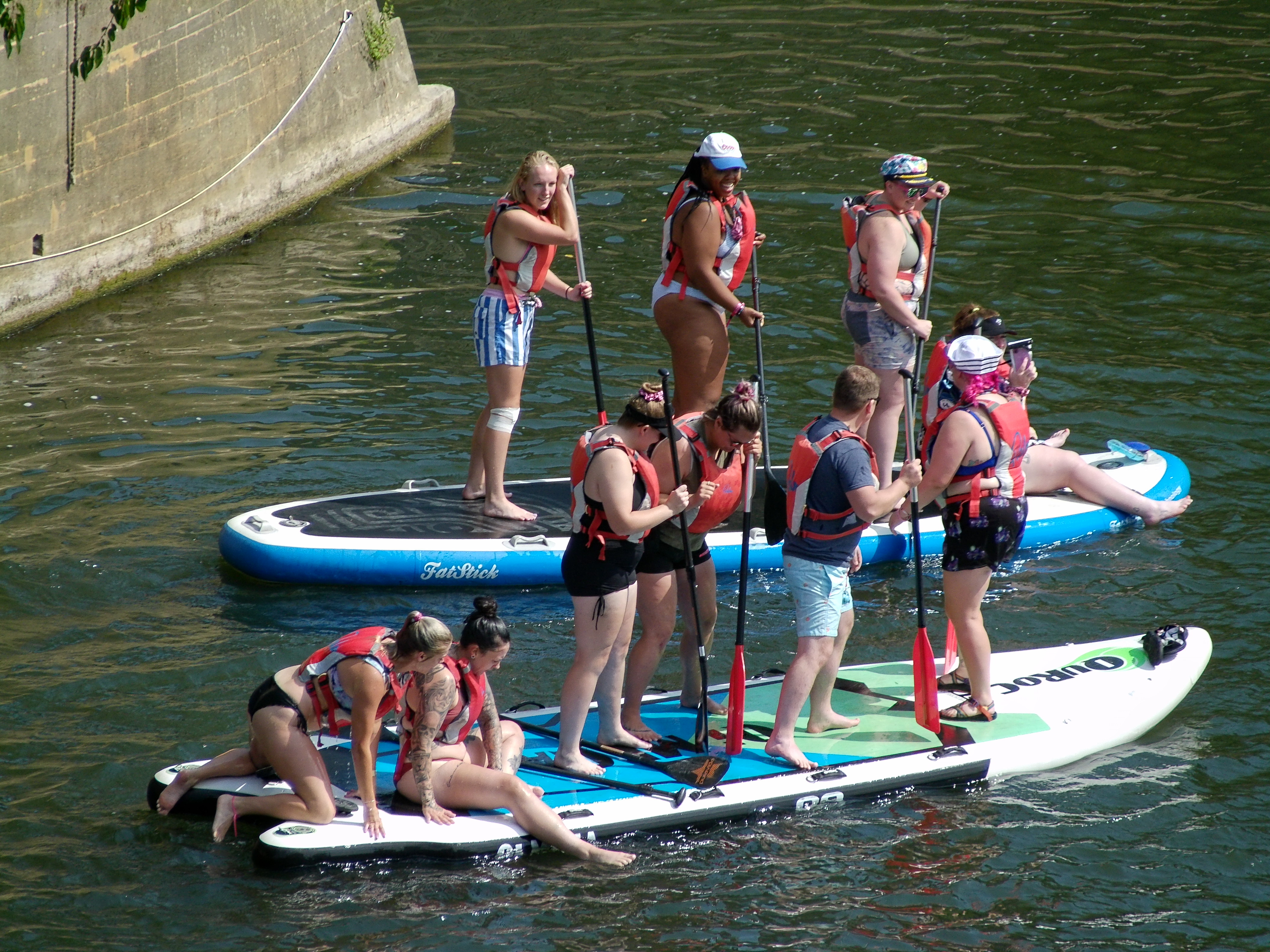
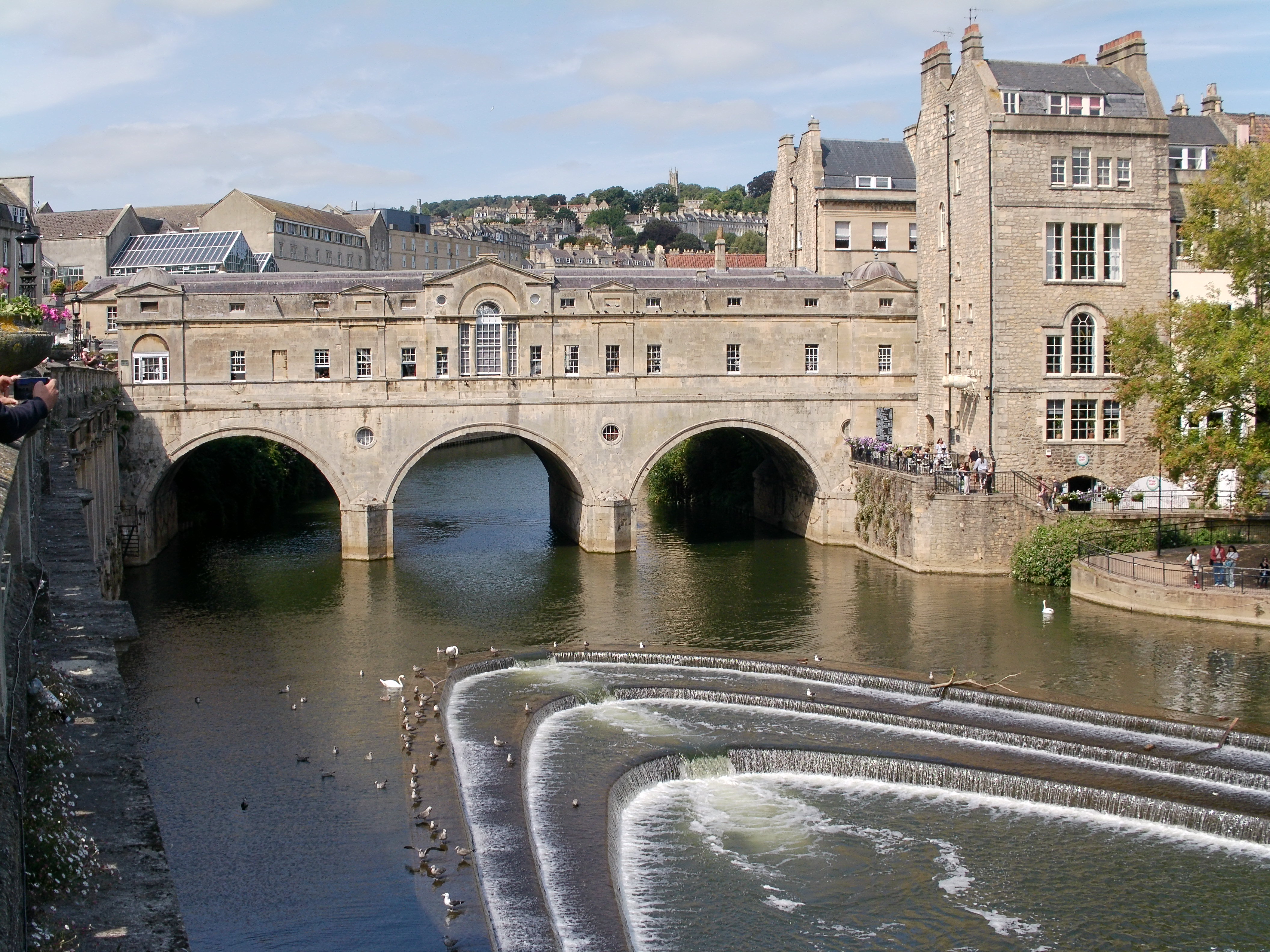
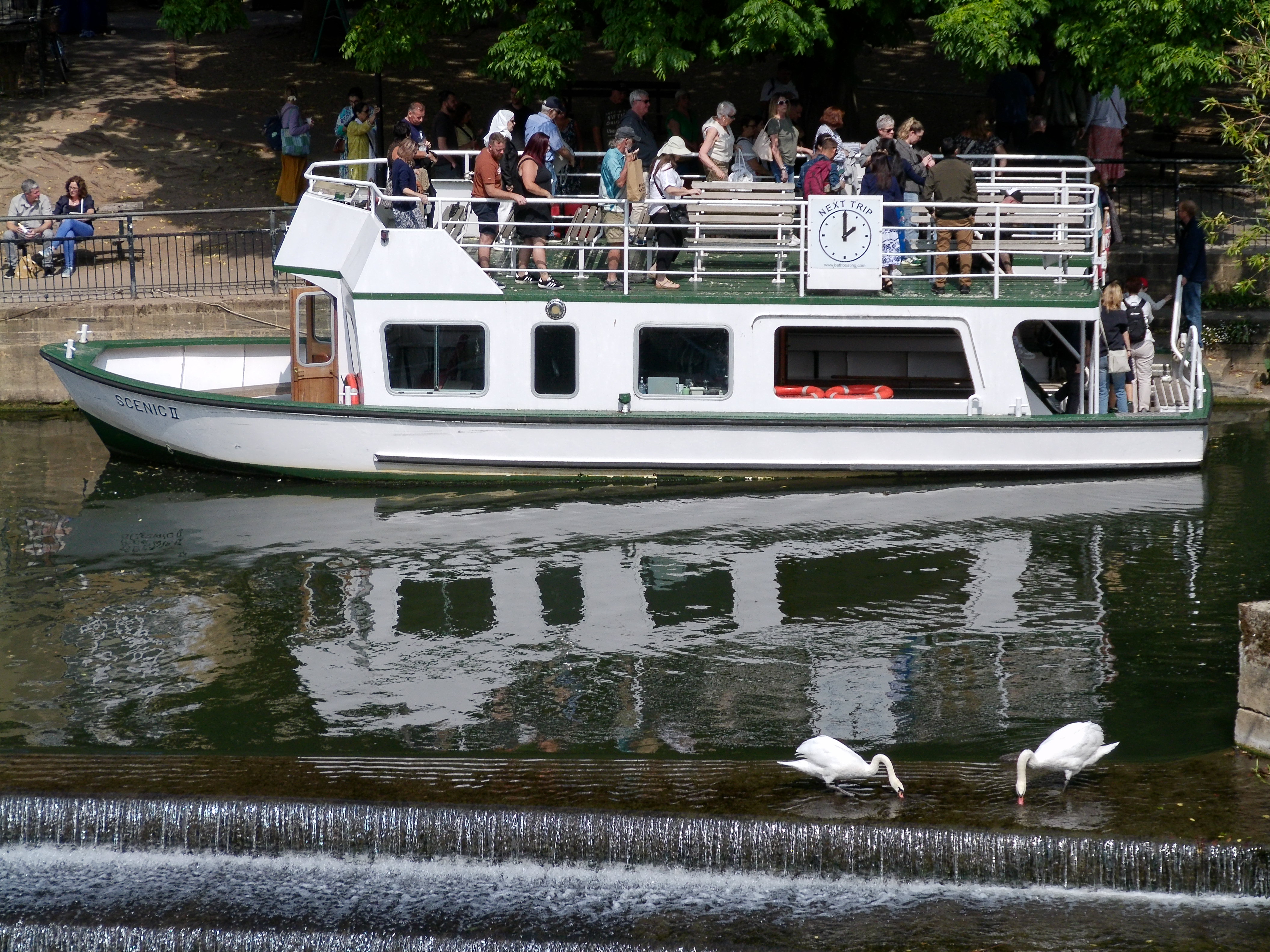
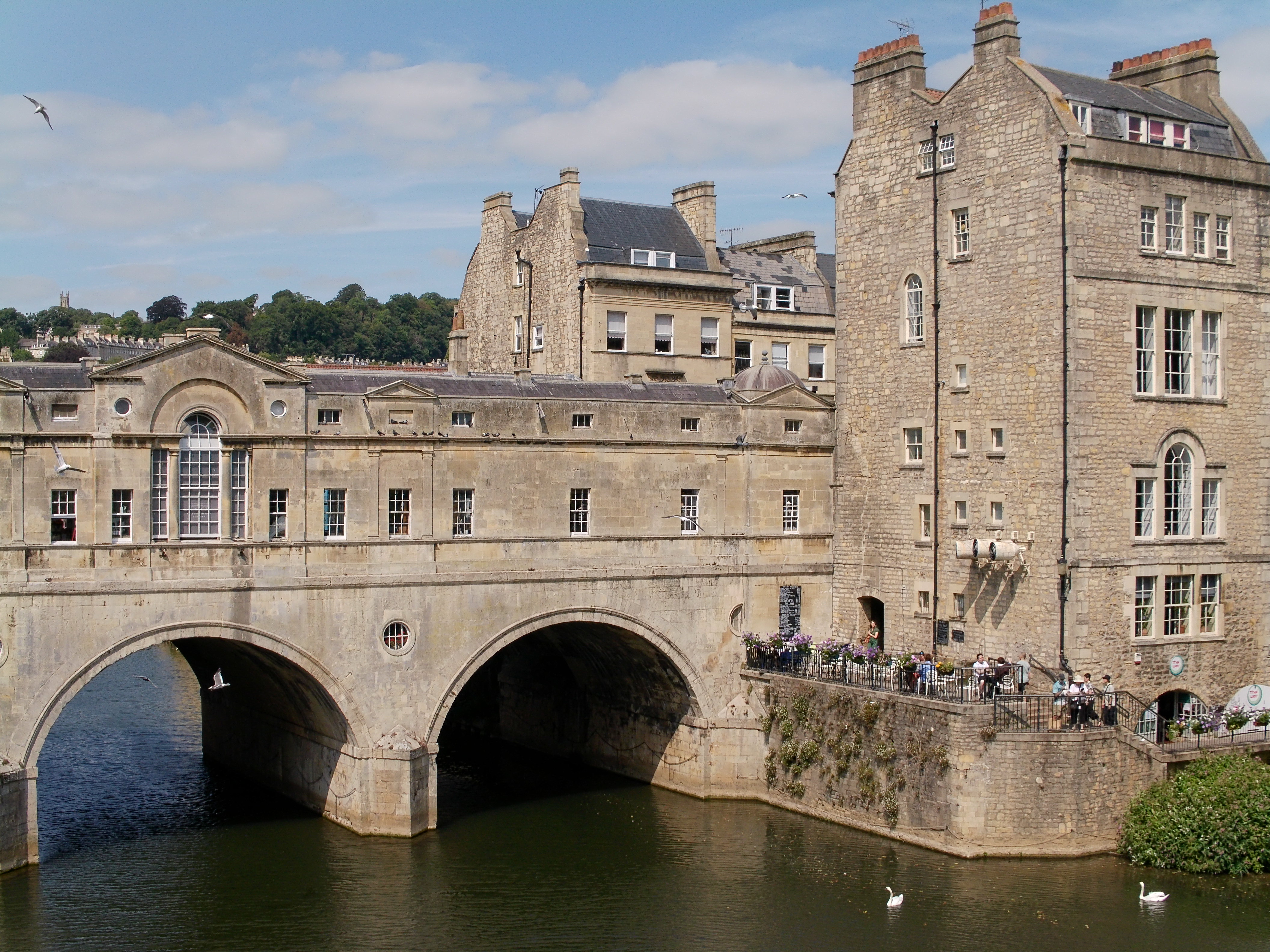
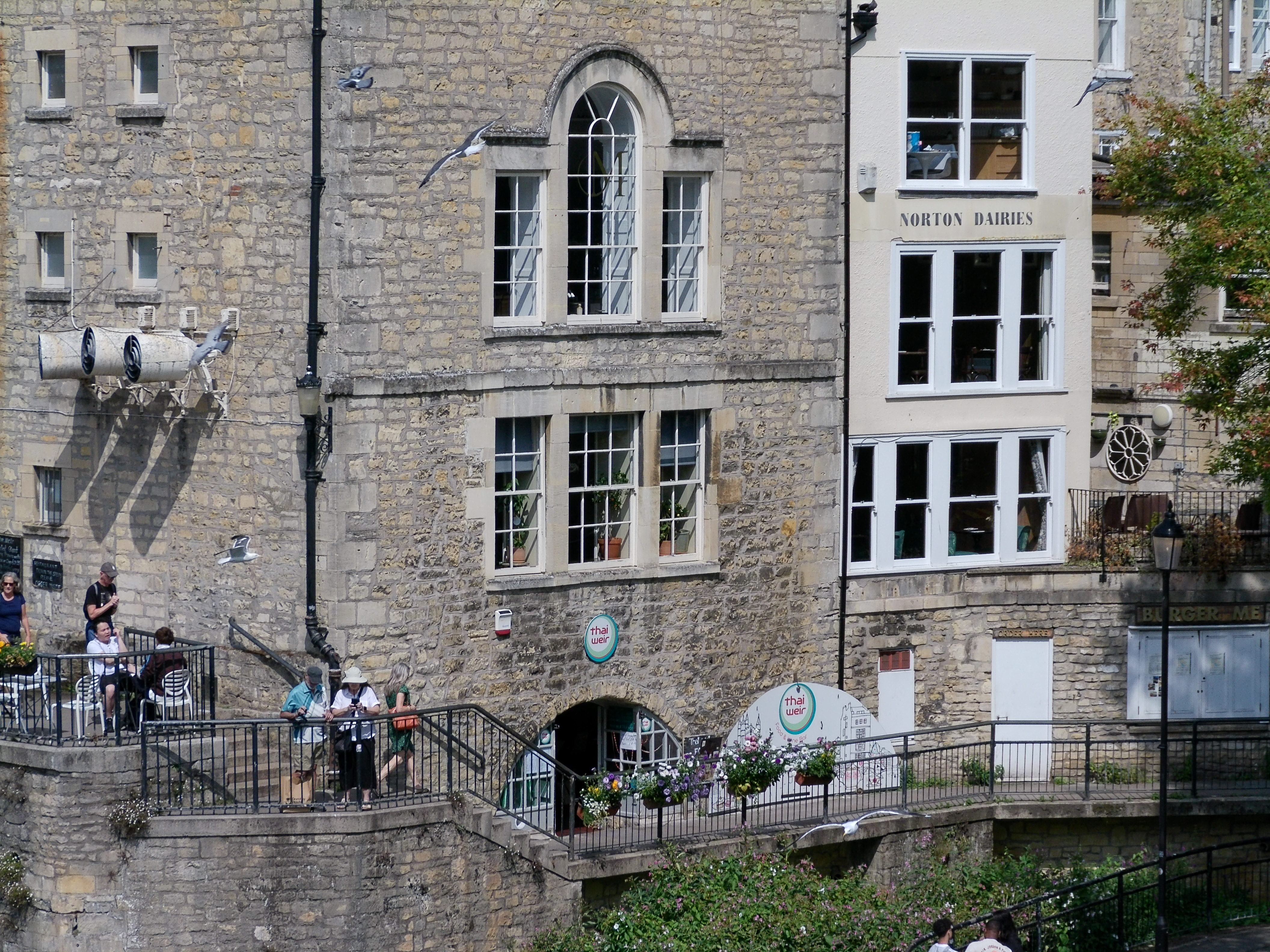

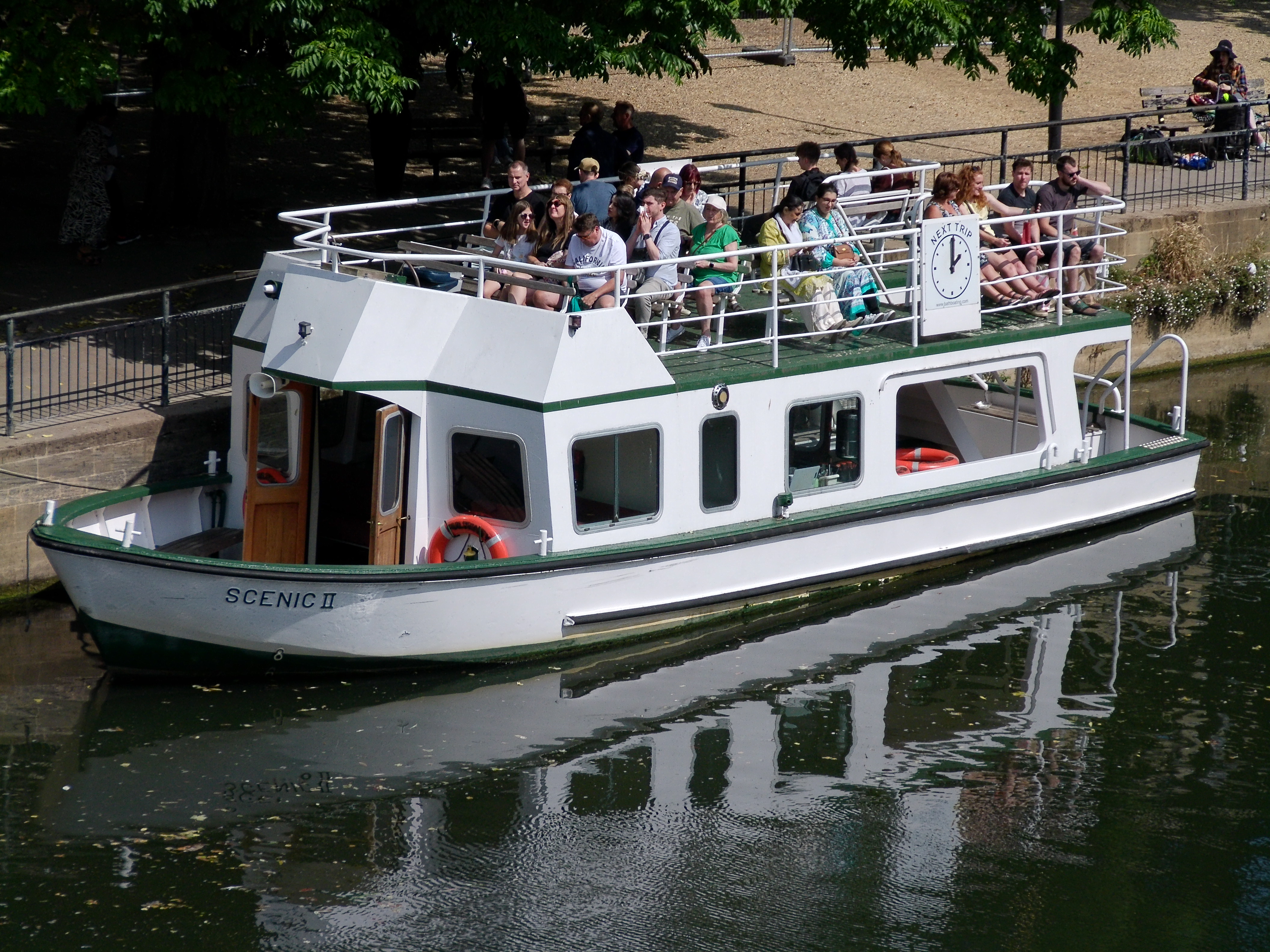
AgfaPhoto Realishot C130: Video
Just like with the features and specifications for stills photography, the C130 boasts some decent video credentials. Available resolutions and frame rates comprise 4K30 (3840x2160), 2.7K60/30 (2688x1512), 1080P120/60/30 (1920x1080) and 720P120/60/30 (1280x720). Options include slow-motion capture, loop recording in 1, 3 or 5 minutes, and time-lapse video. Movies are stored in MP4 format.
Further finery that I’ve already mentioned includes built-in stereo mics and a speaker, an input socket for an external mic and a mini HDMI socket. Quality is pretty good at 720p and 1080p, but there’s nothing really to be gained by using the highest resolution of 4K. I also found that the image stabilizer gave very little benefit when shooting handheld video, and was basically useless towards the long end of the zoom range, as you’ll see from the example footage below.
AgfaPhoto Realishot C130: Verdict
I like the AgfaPhoto C130 a whole lot more than any of the comparatively cheap digital compact cameras that I’ve tested and reviewed over the last few months. It’s a fair bit more expensive to buy, so it definitely should be better, and it is. The vari-angle touchscreen, 10x optical zoom lens, extensive shooting options, and good handling characteristics are all plus points. For me, however, the lack of any real wide-angle coverage is a deal-breaker.
Features ★★★★☆ | Smart features include a 10x optical zoom lens, vari-angle touchscreen, built-in Wi-Fi, image stabilization and night vision. |
Design ★★★★☆ | The design results in a camera that’s not particularly small nor slim, but has good ergonomics and handling characteristics. |
Performance ★★★★☆ | Image quality is mostly impressive, even when upscaling from the native 13MP to 24MP, but high-ISO shots are noisy and there’s no real wide-angle potential. |
Value ★★★☆☆ | There are many cameras that are very much less expensive to buy but the C130 is nevertheless decent value, considering its features and performance. |
Alternatives
The Yashica City 100 significantly undercuts the C130 for price, at $209 / £220, yet features the same Sony 13MP image sensor and a vari-angle rear screen, although it’s not a touchscreen. The Yashica has a 3x optical zoom lens, with an ‘effective’ 25.4-76.3mm range, stretching from properly wide-angle to short telephoto.
The Pentax WG-1000 is another camera that’s rather less expensive to buy, priced at $195 / £249. This one’s main claim to fame is its toughness. Its waterproof (IPX8, JIS Class 8) to a depth of 15m / 49ft, shockproof from a dropping height of 2m / 6.5ft and dustproof (IP6X, JIS Class 6). It has a 4x 27-108mm ‘effective’ optical zoom lens and a 16.35MP sensor.
Matthew Richards is a photographer and journalist who has spent years using and reviewing all manner of photo gear. He is Digital Camera World's principal lens reviewer – and has tested more primes and zooms than most people have had hot dinners!
His expertise with equipment doesn’t end there, though. He is also an encyclopedia when it comes to all manner of cameras, camera holsters and bags, flashguns, tripods and heads, printers, papers and inks, and just about anything imaging-related.
In an earlier life he was a broadcast engineer at the BBC, as well as a former editor of PC Guide.
You must confirm your public display name before commenting
Please logout and then login again, you will then be prompted to enter your display name.
